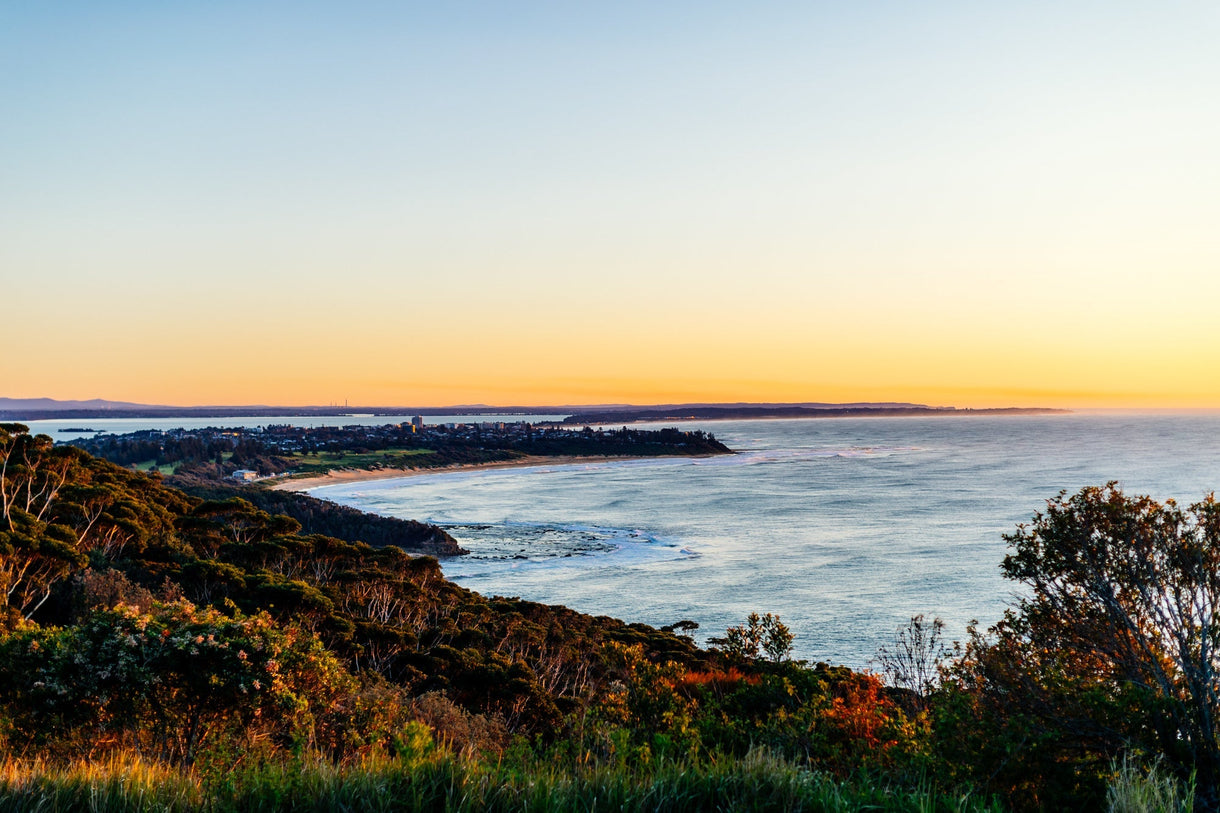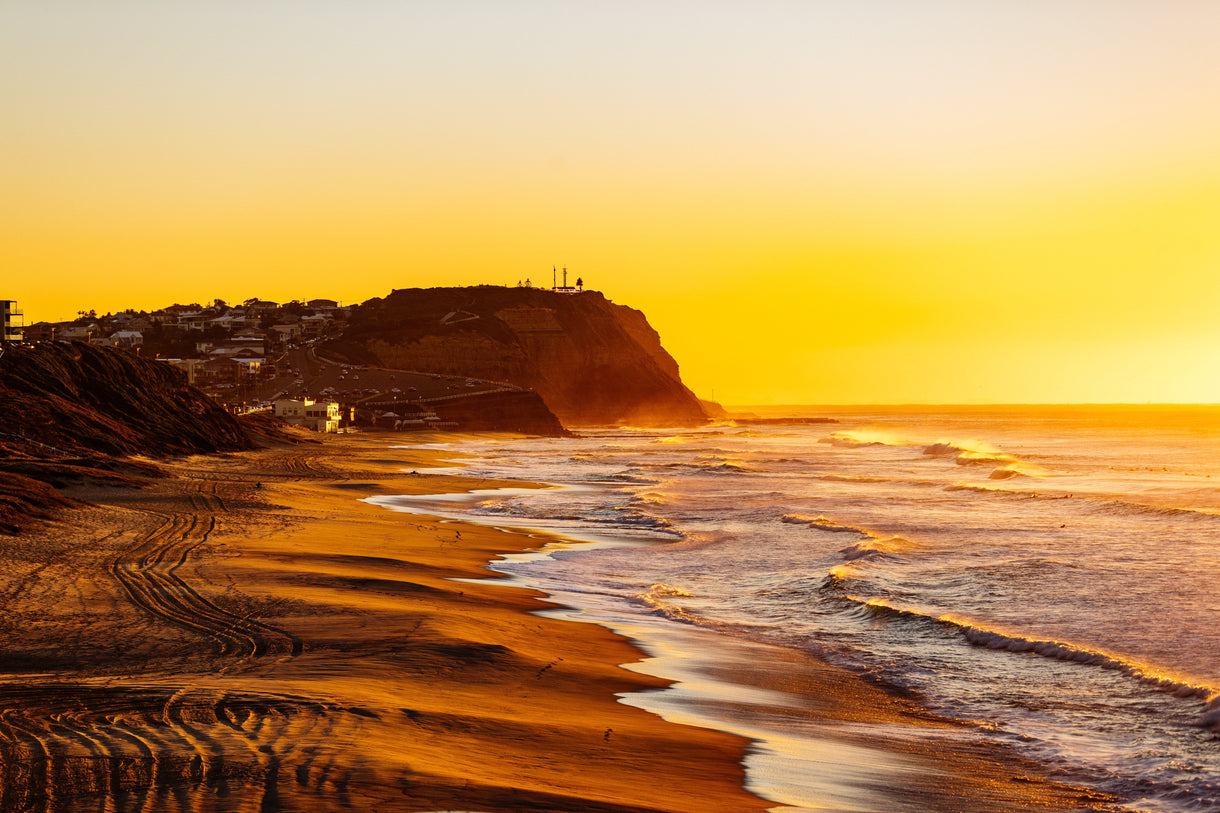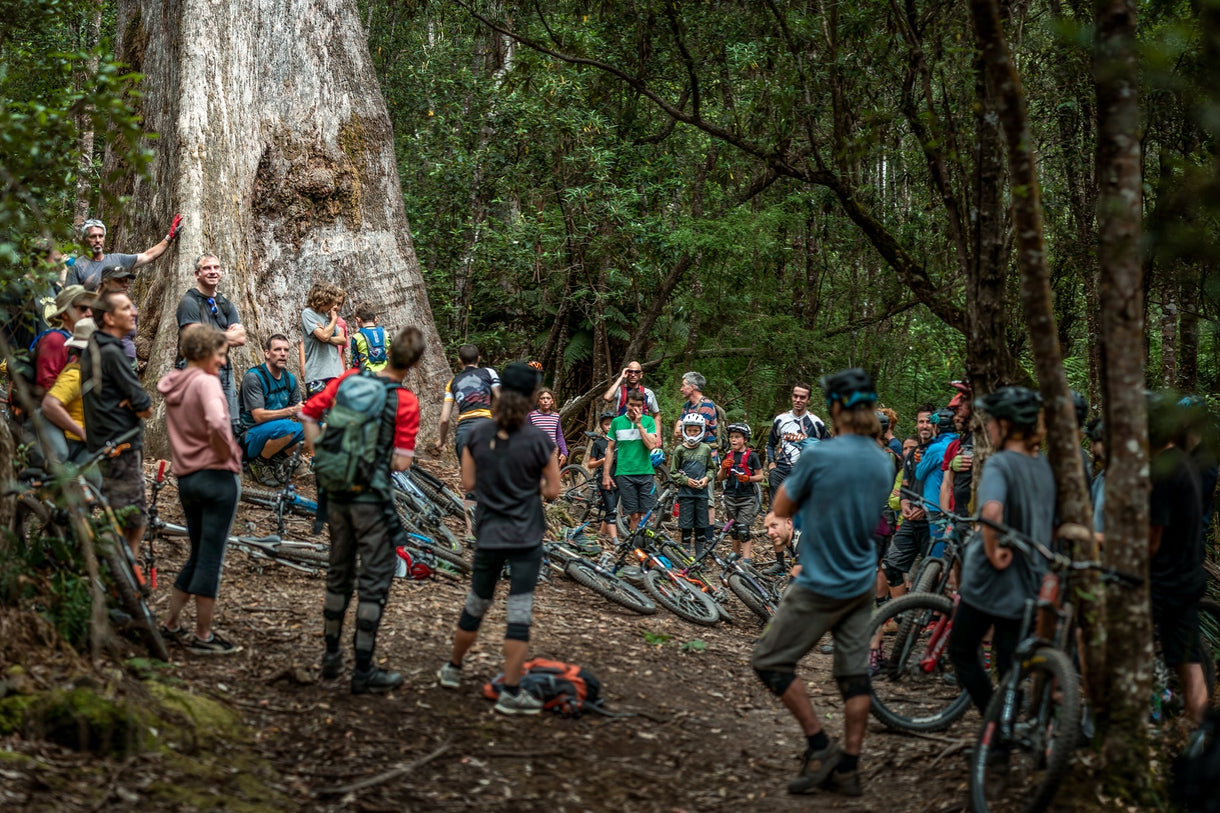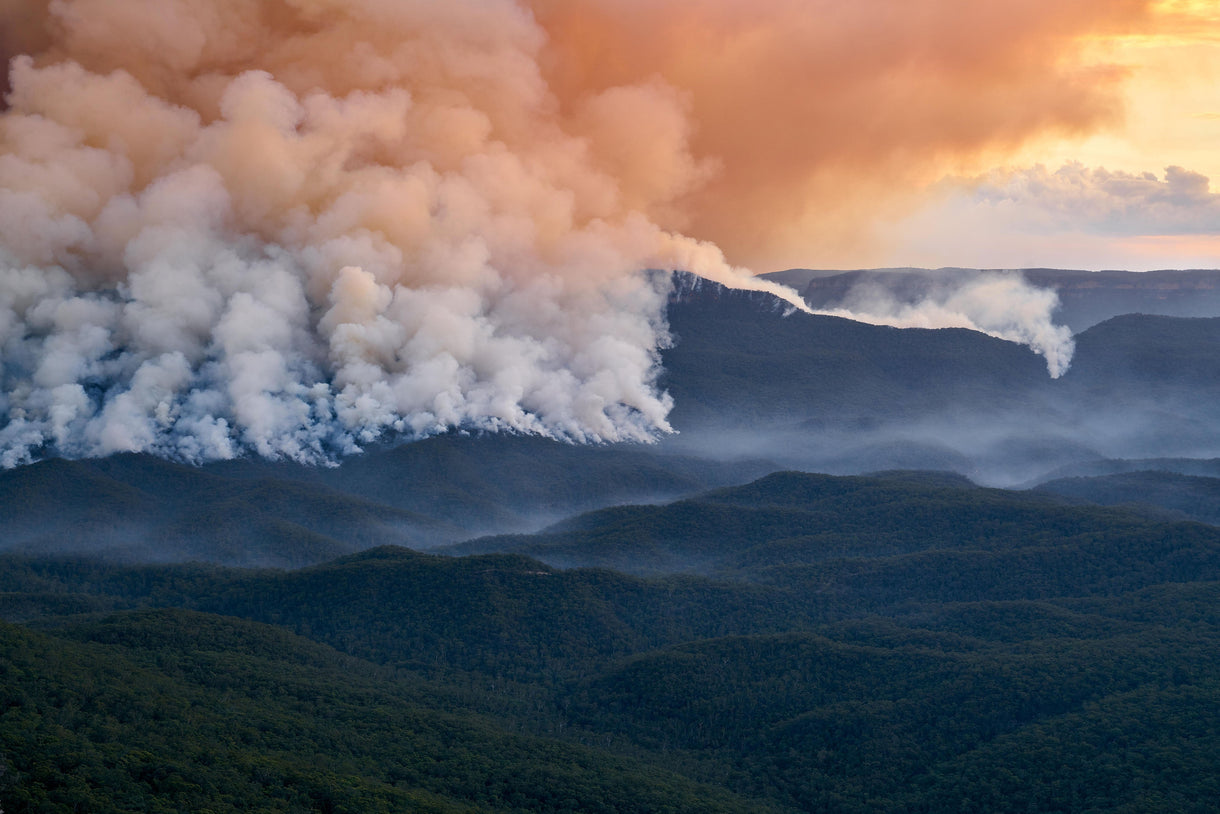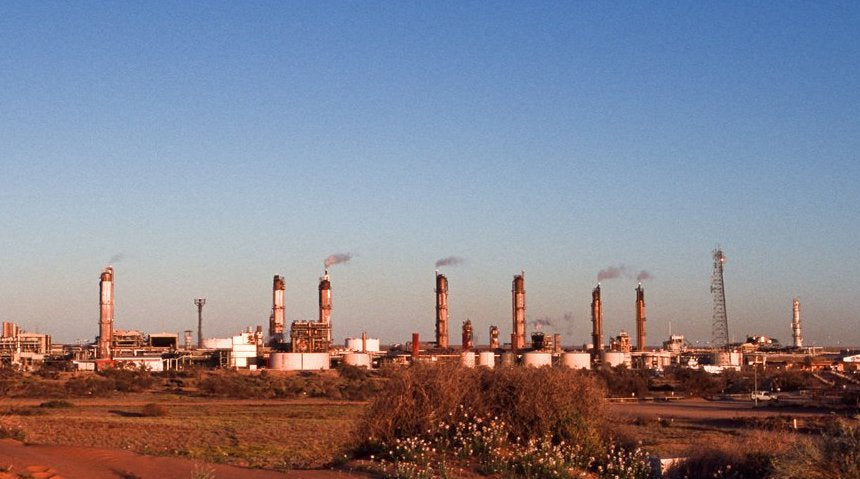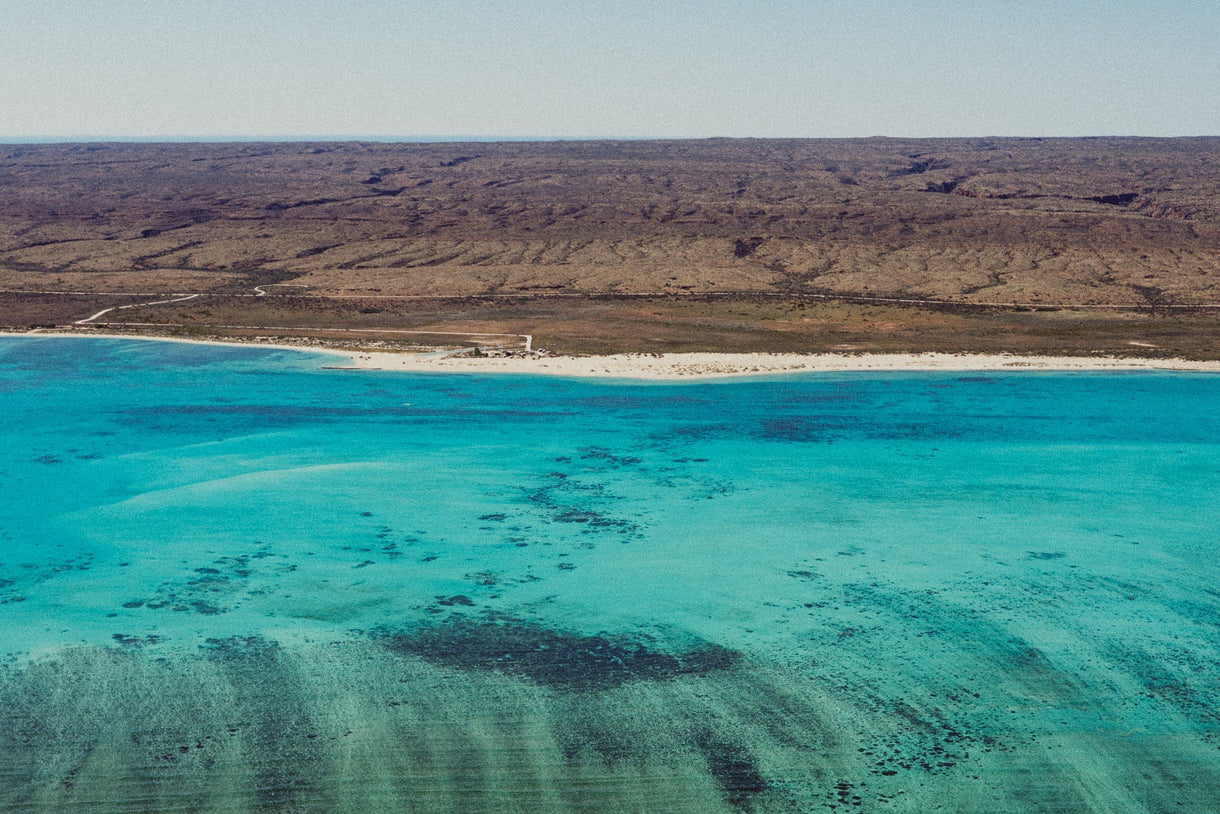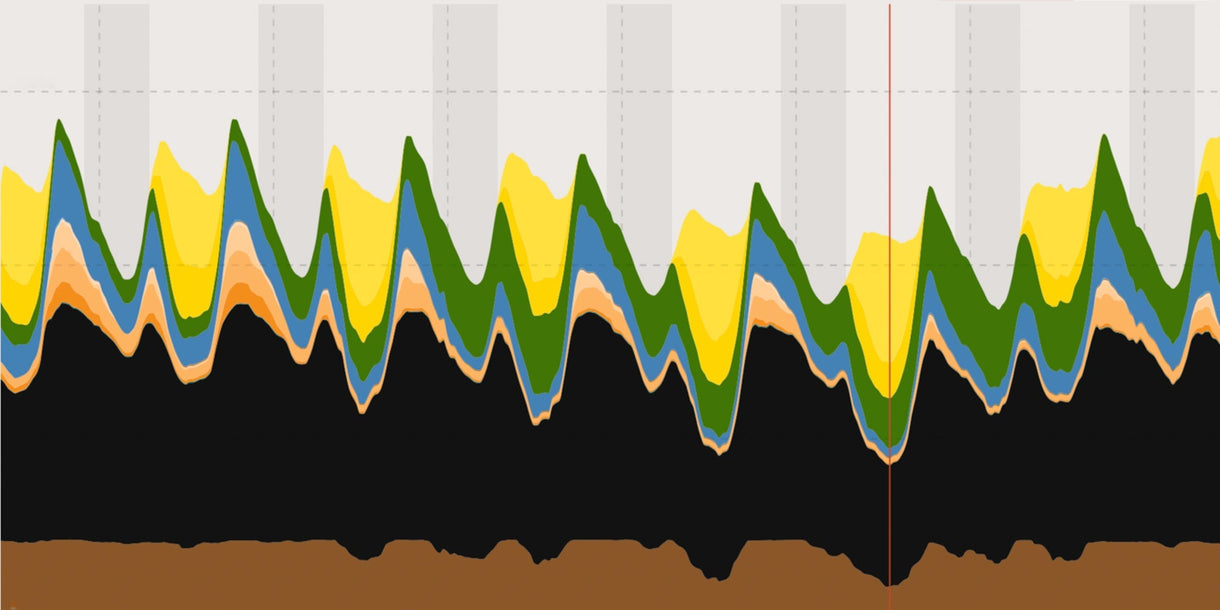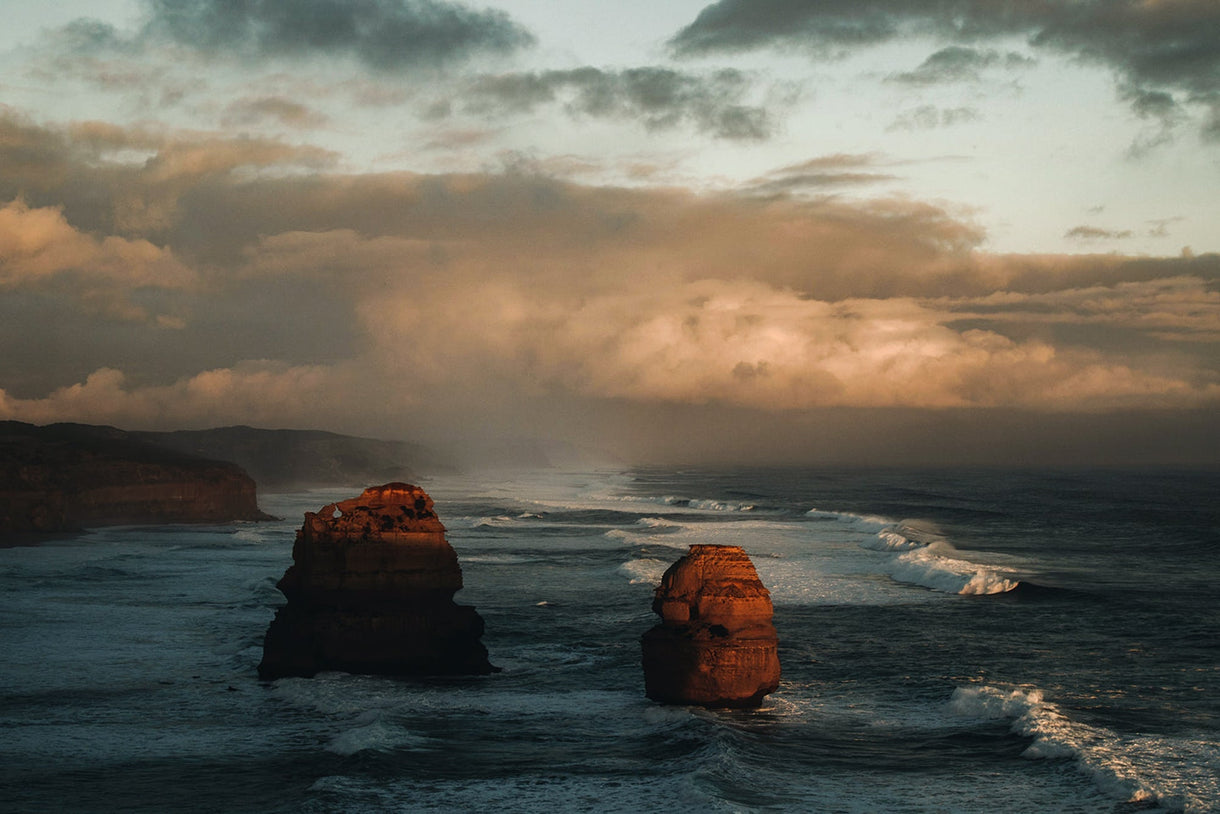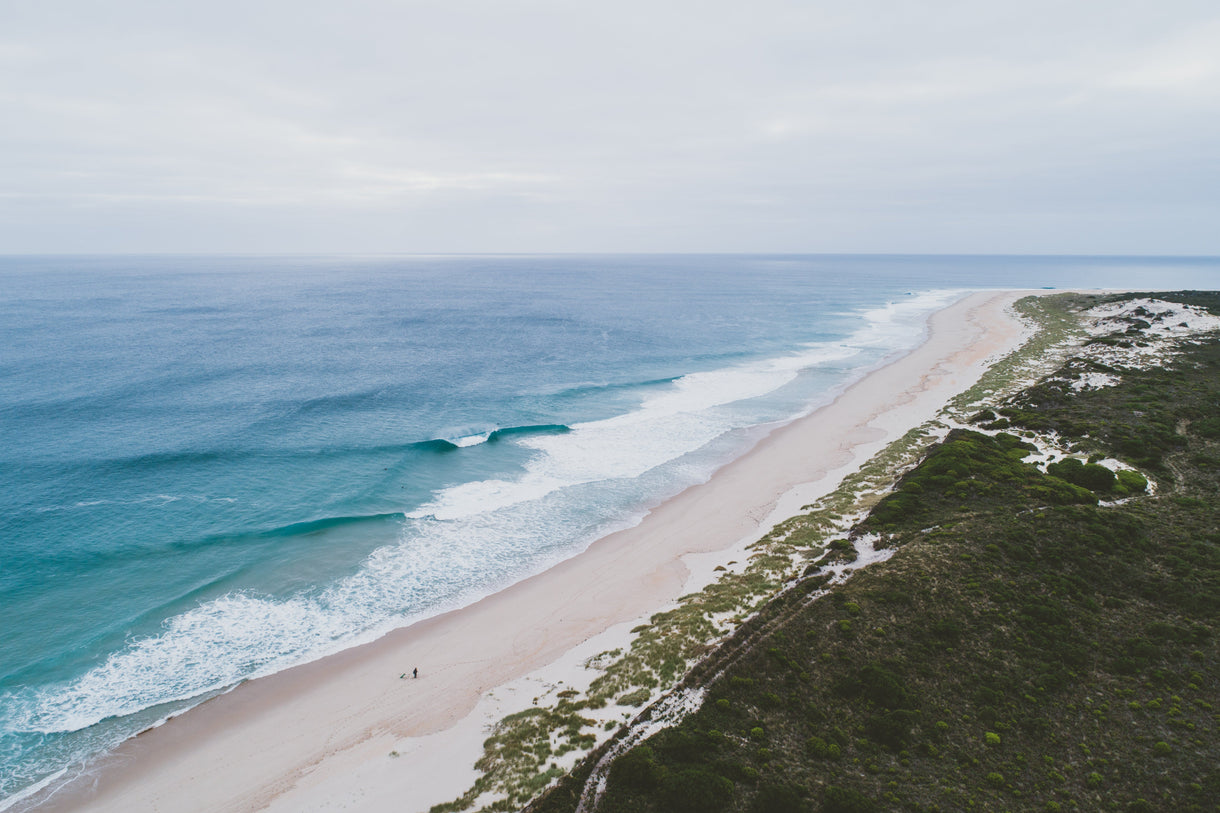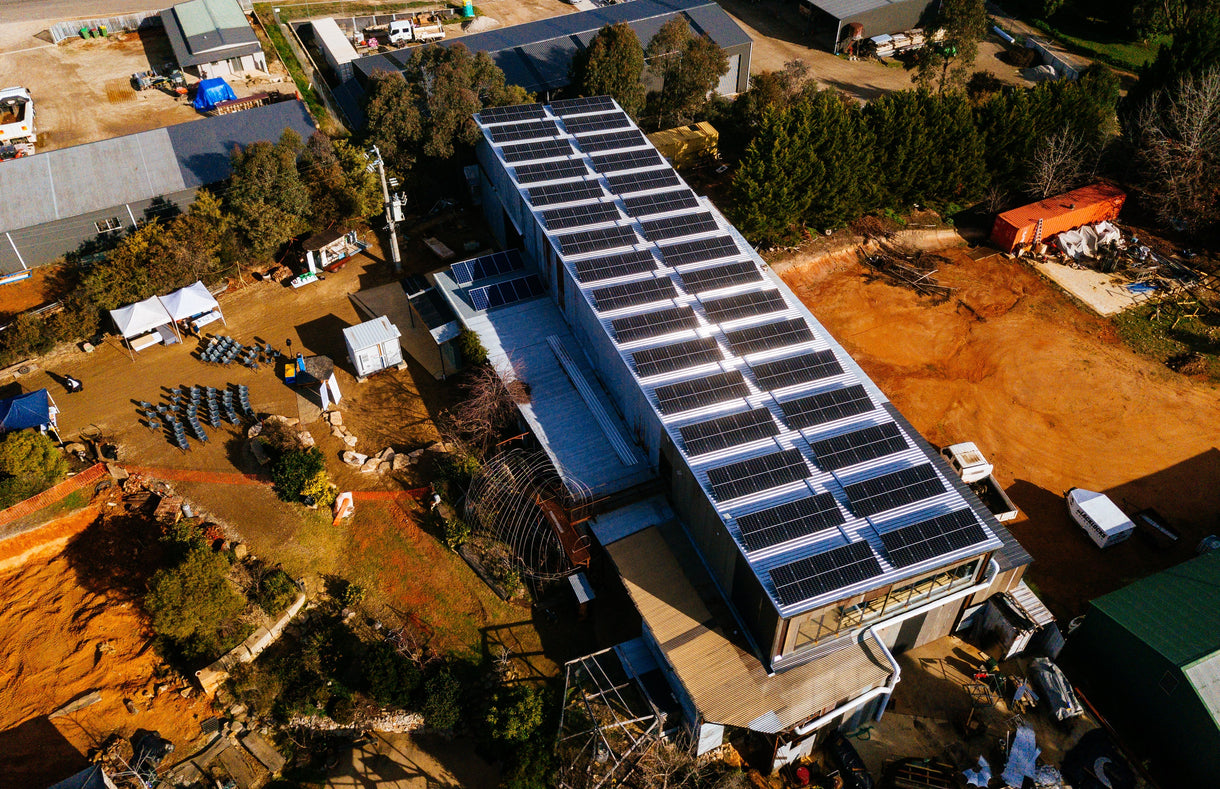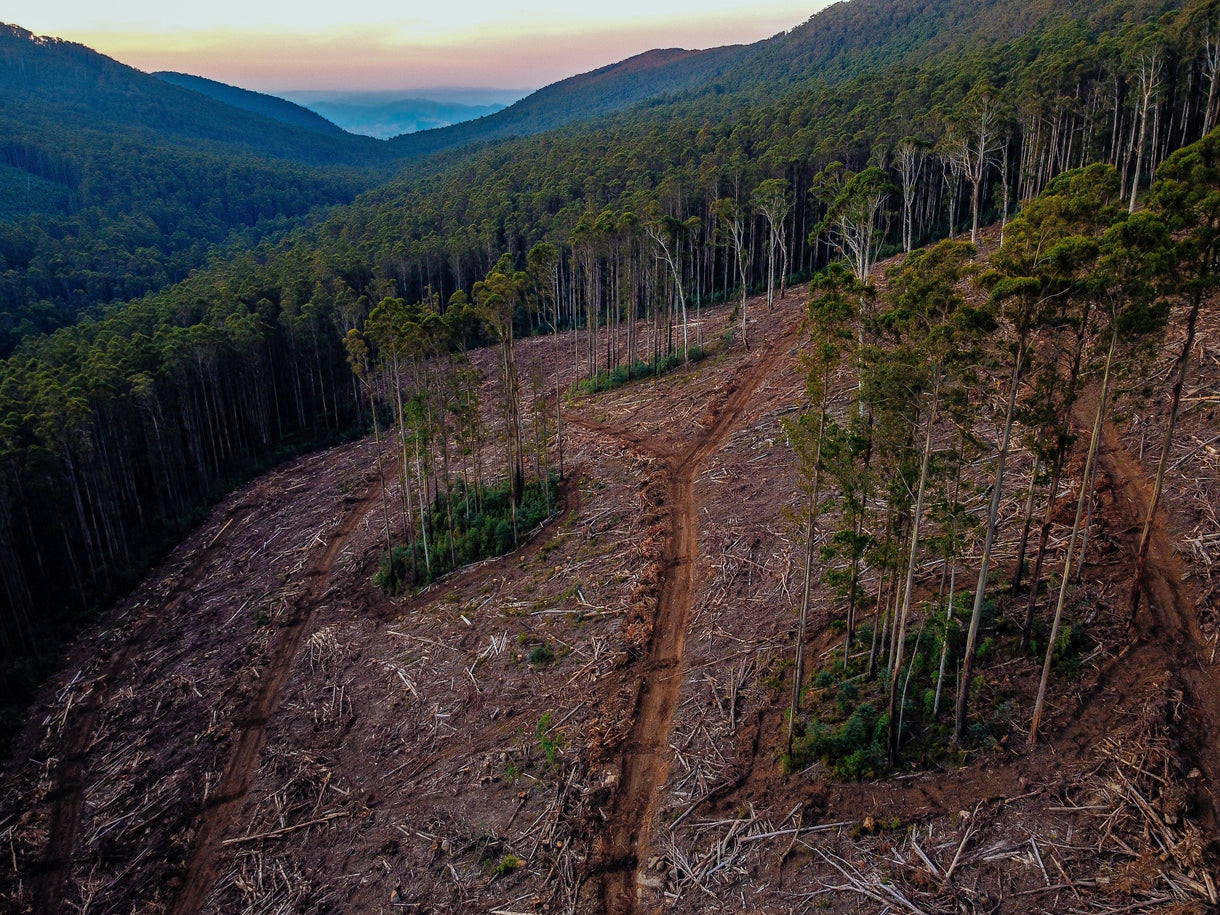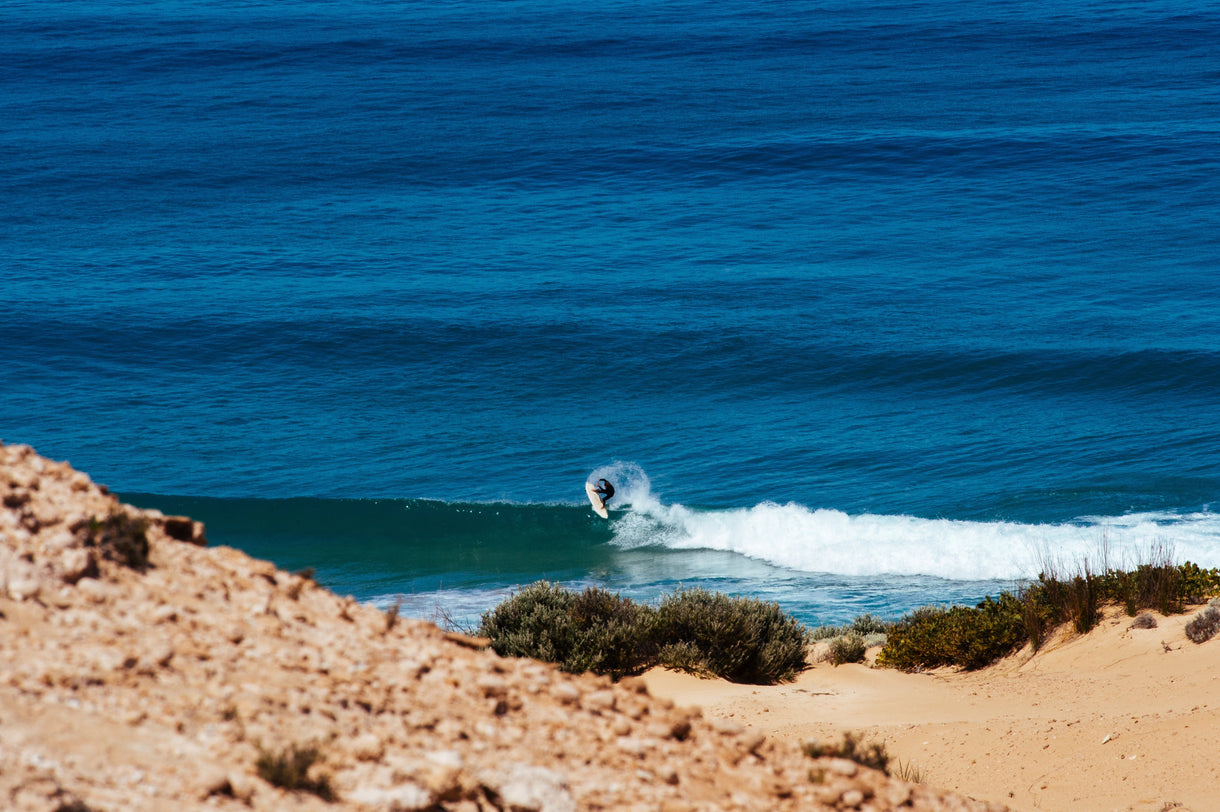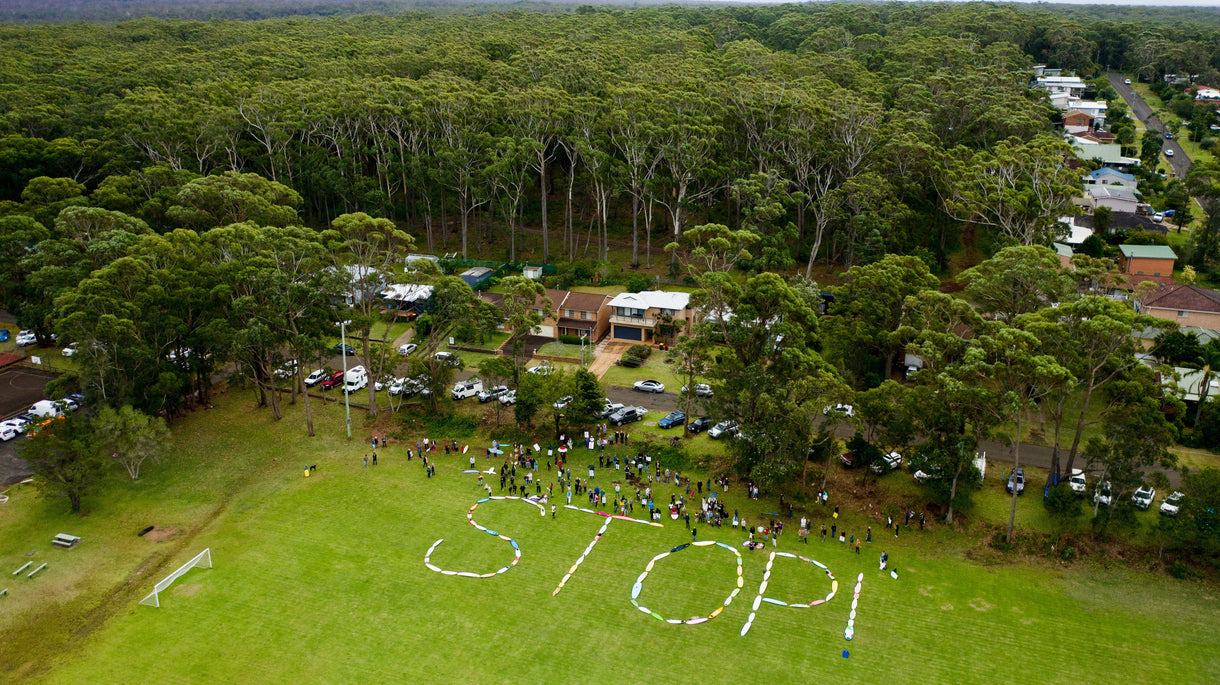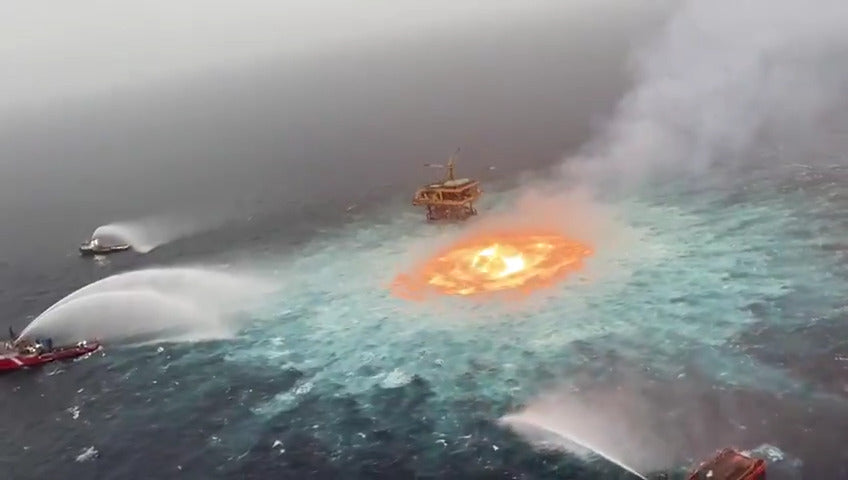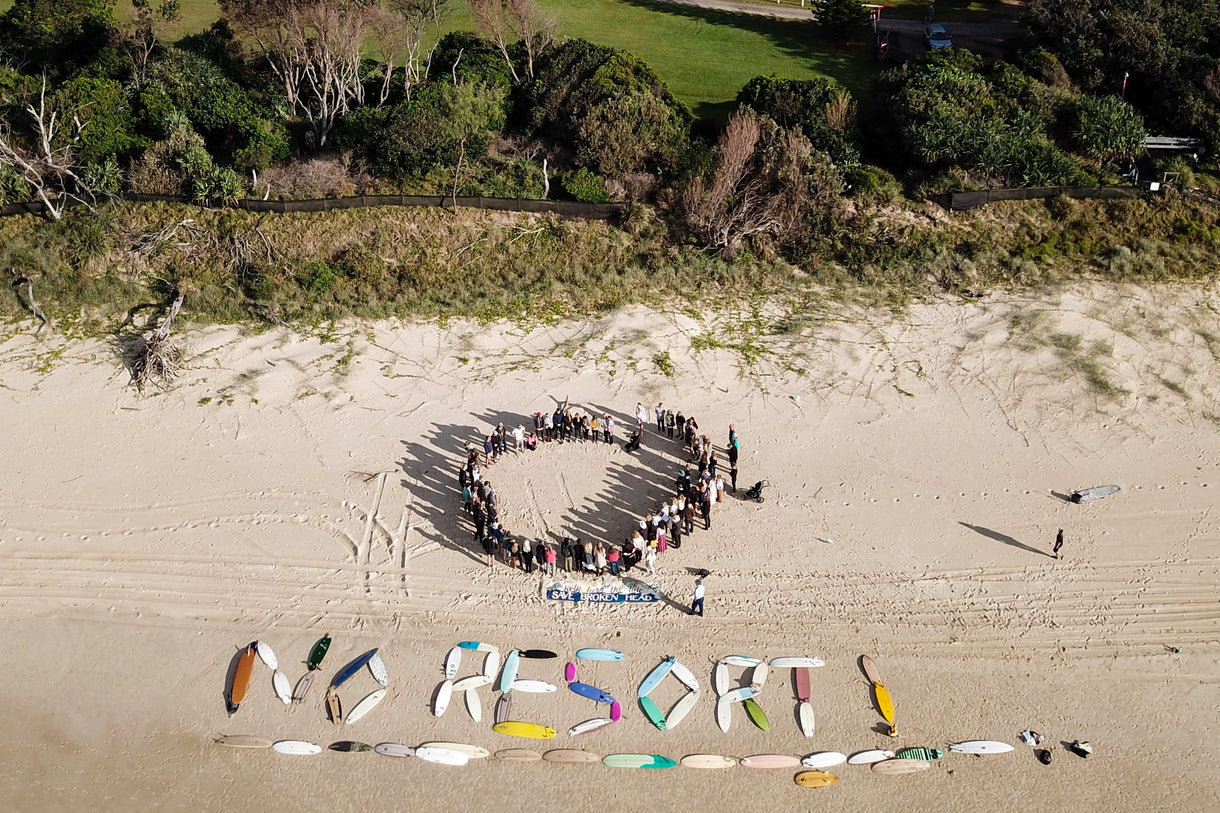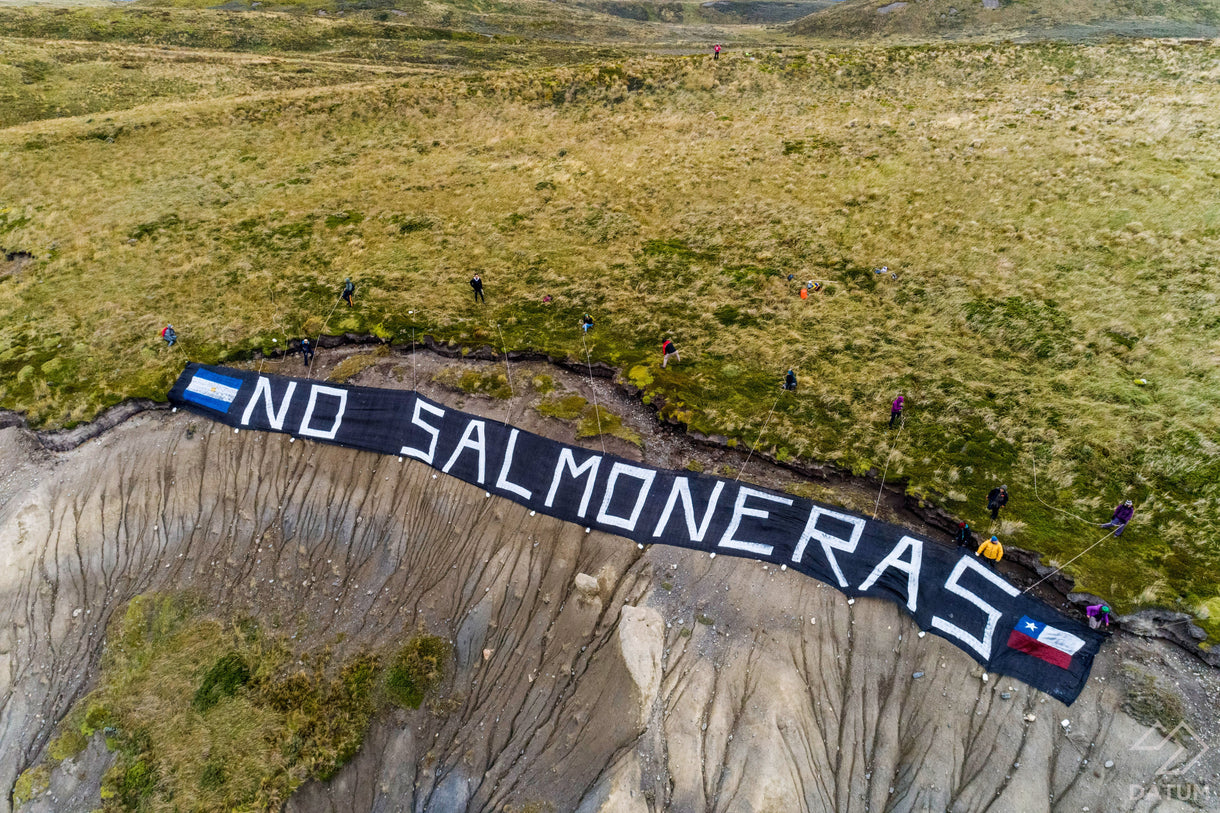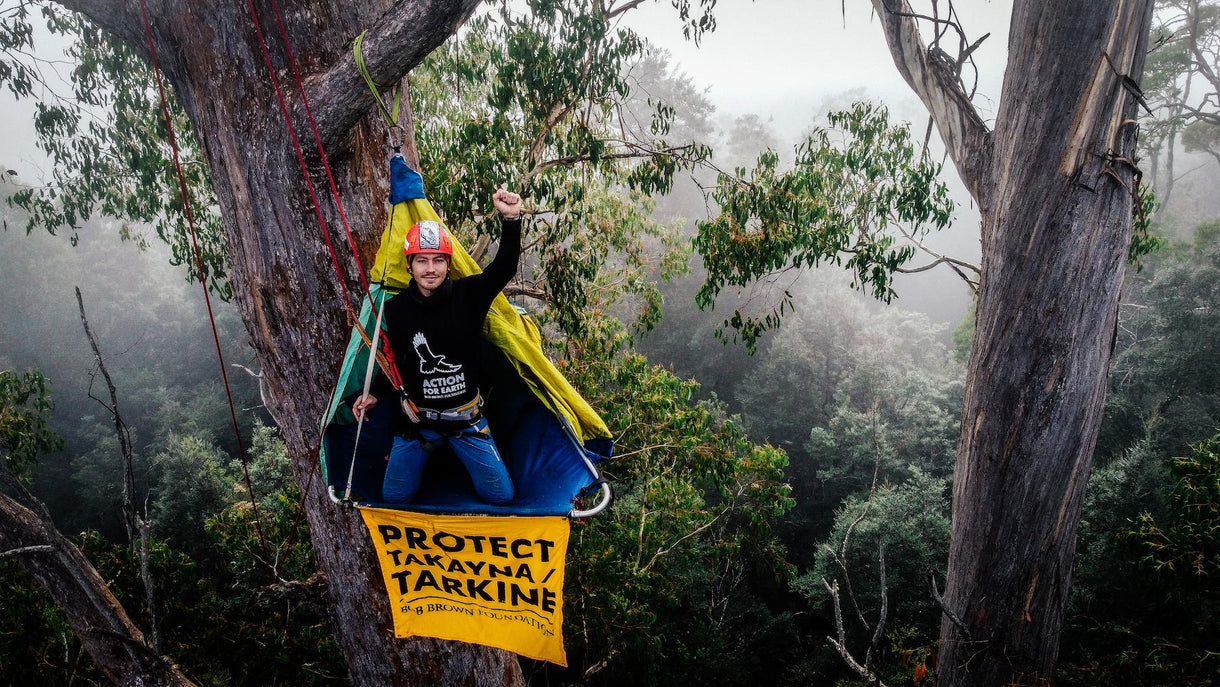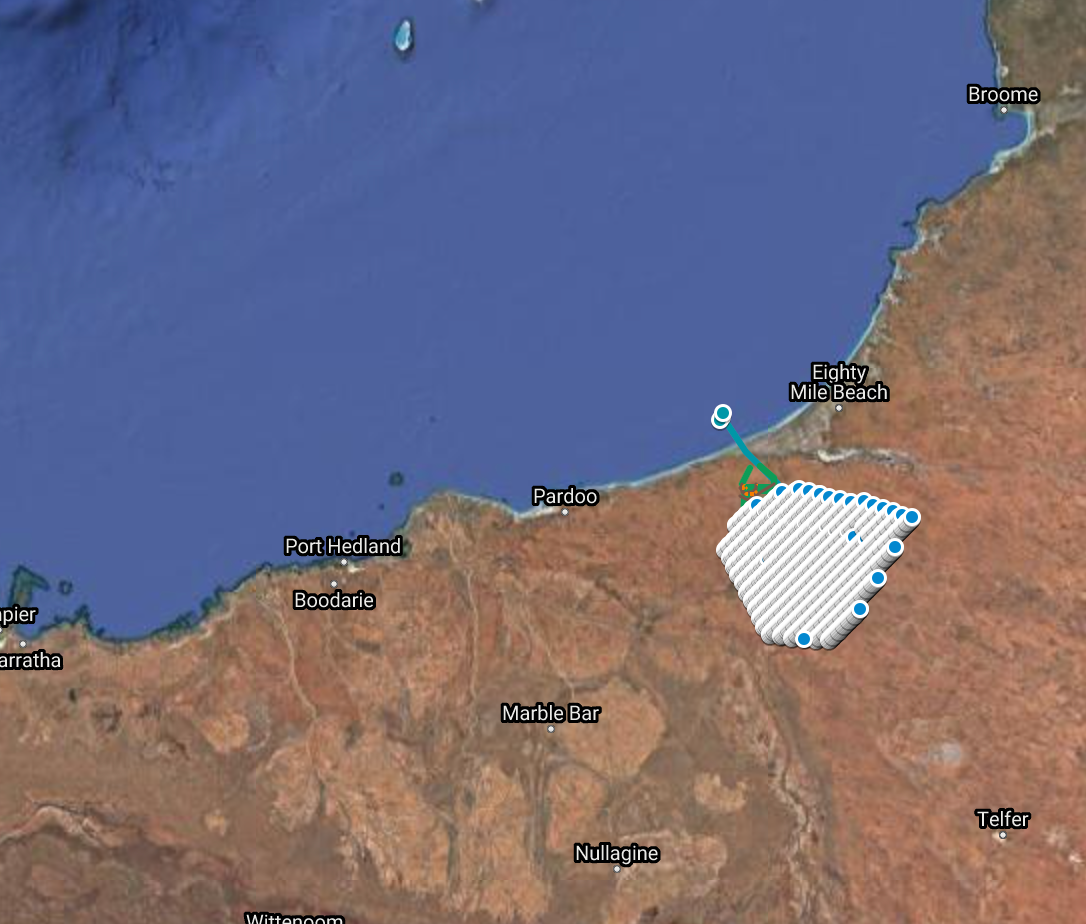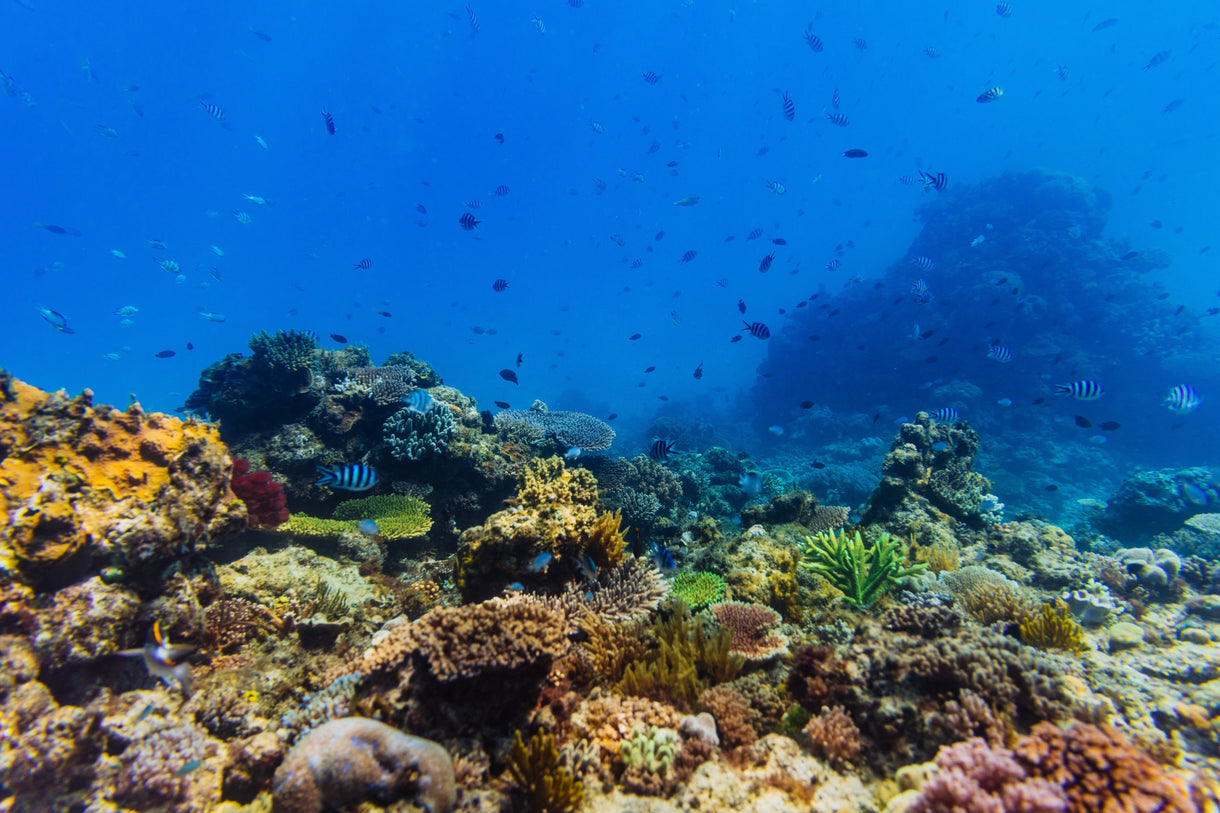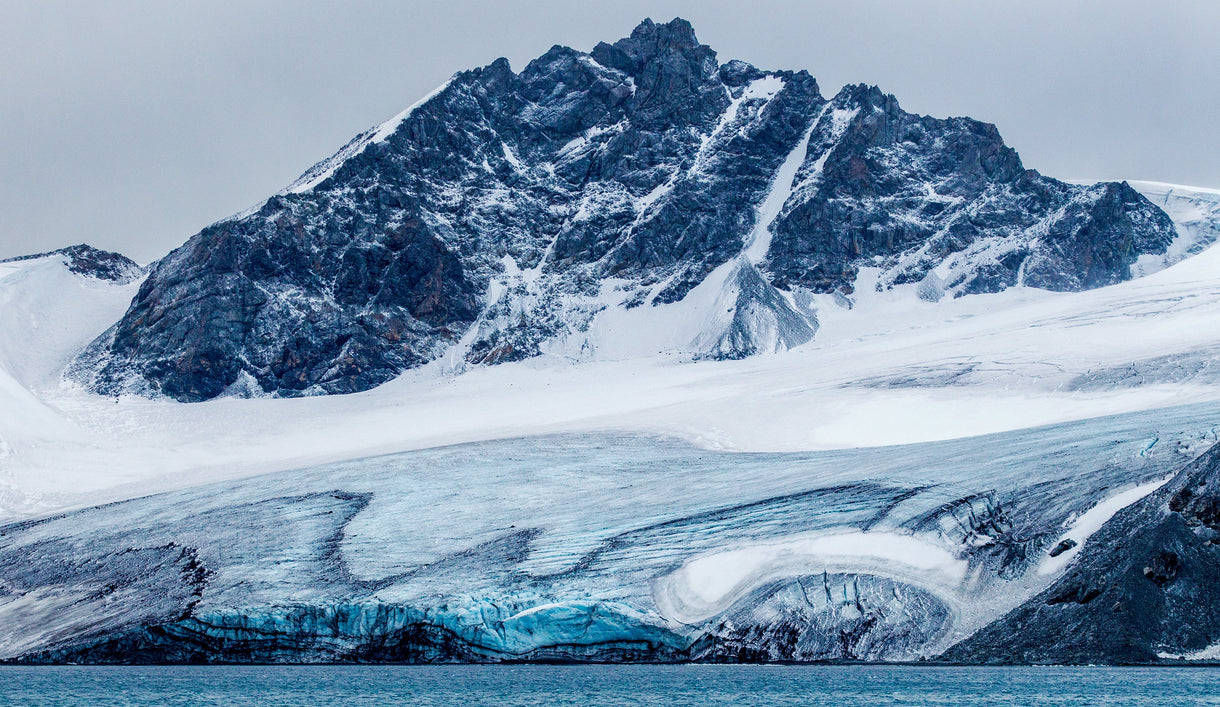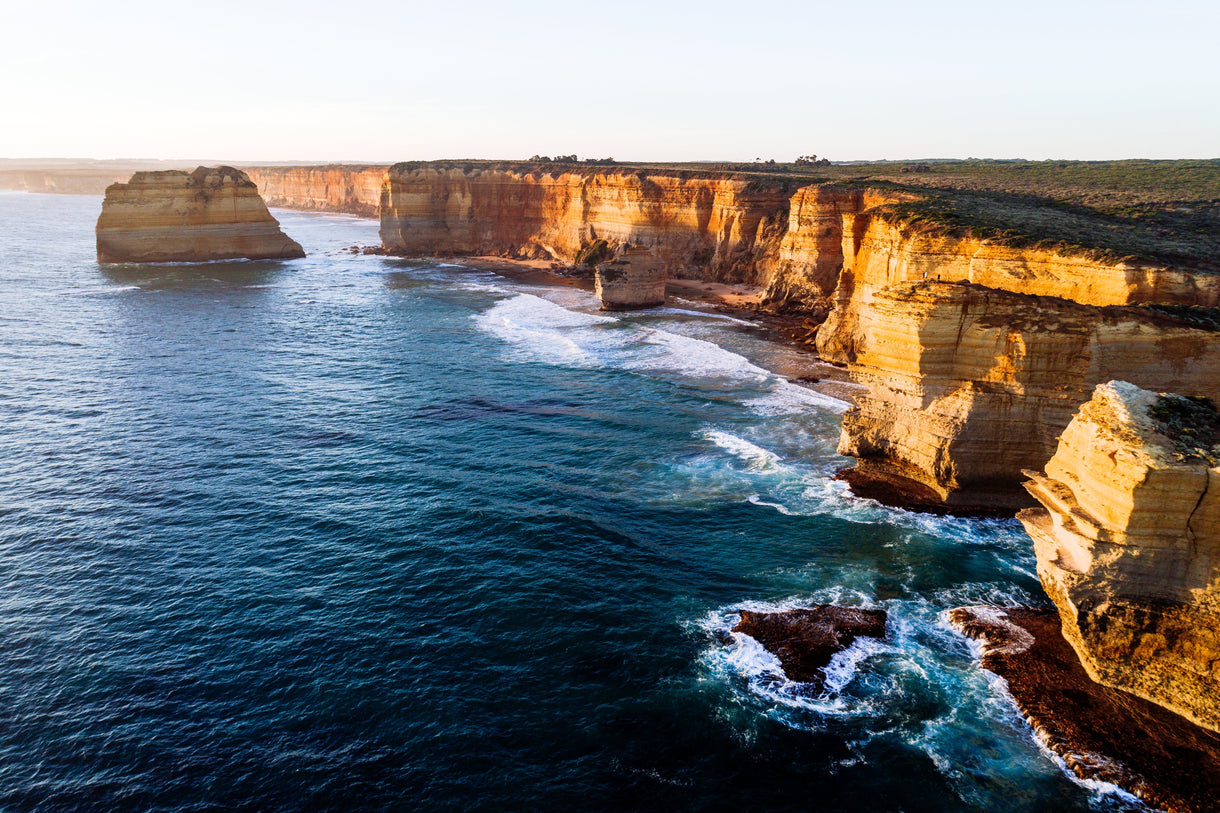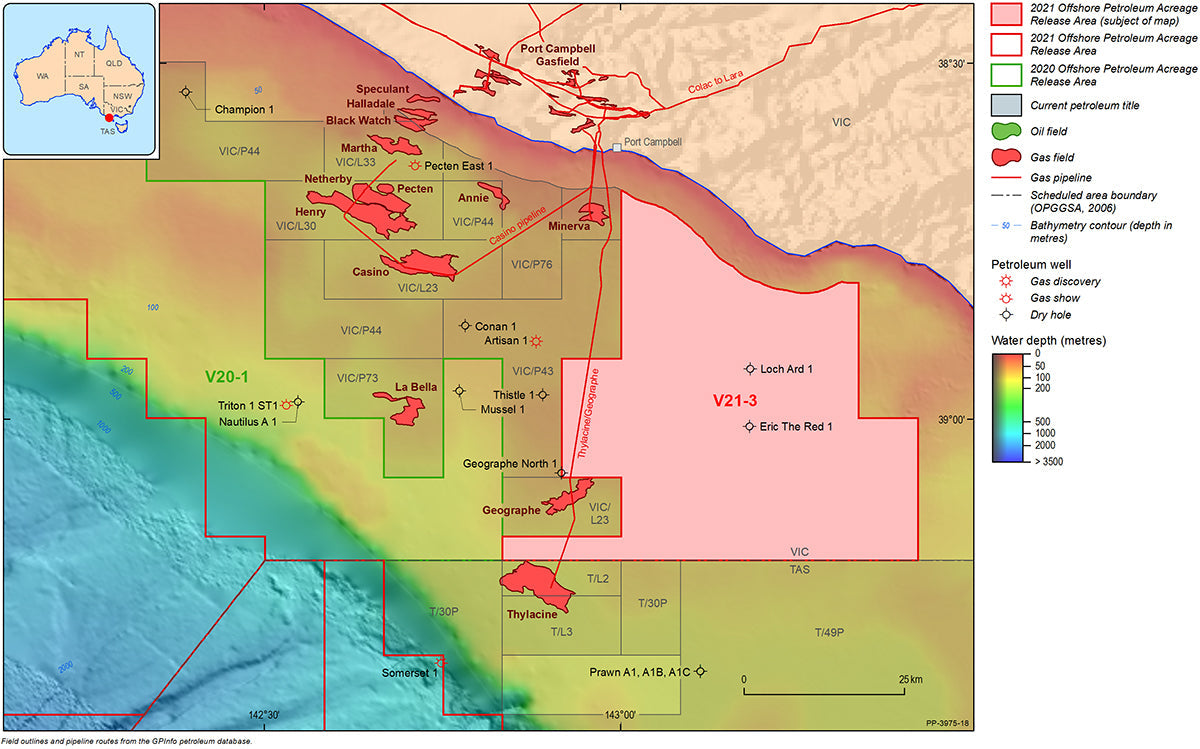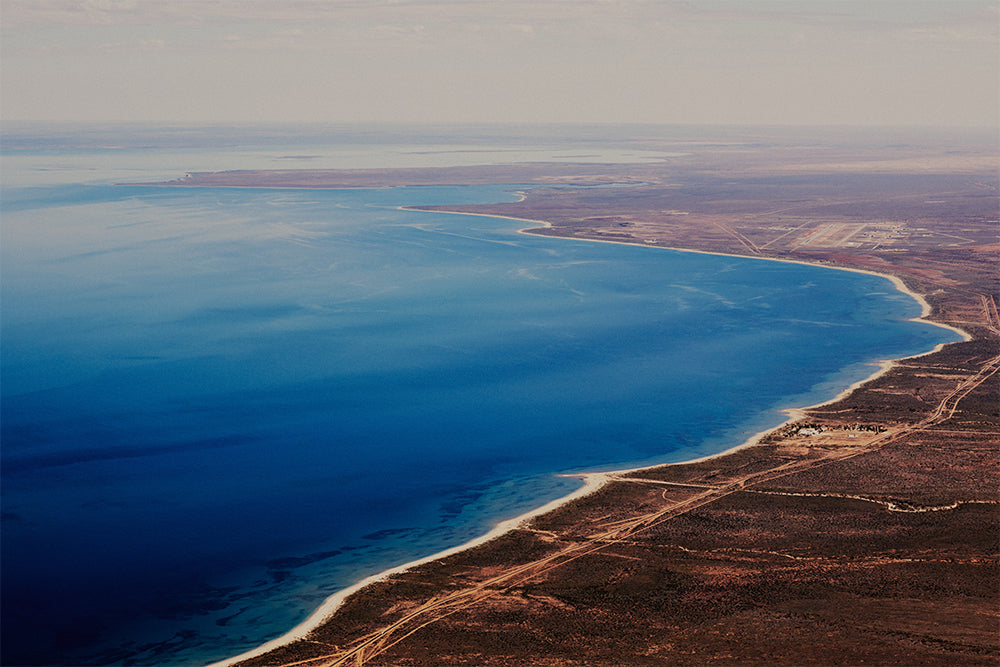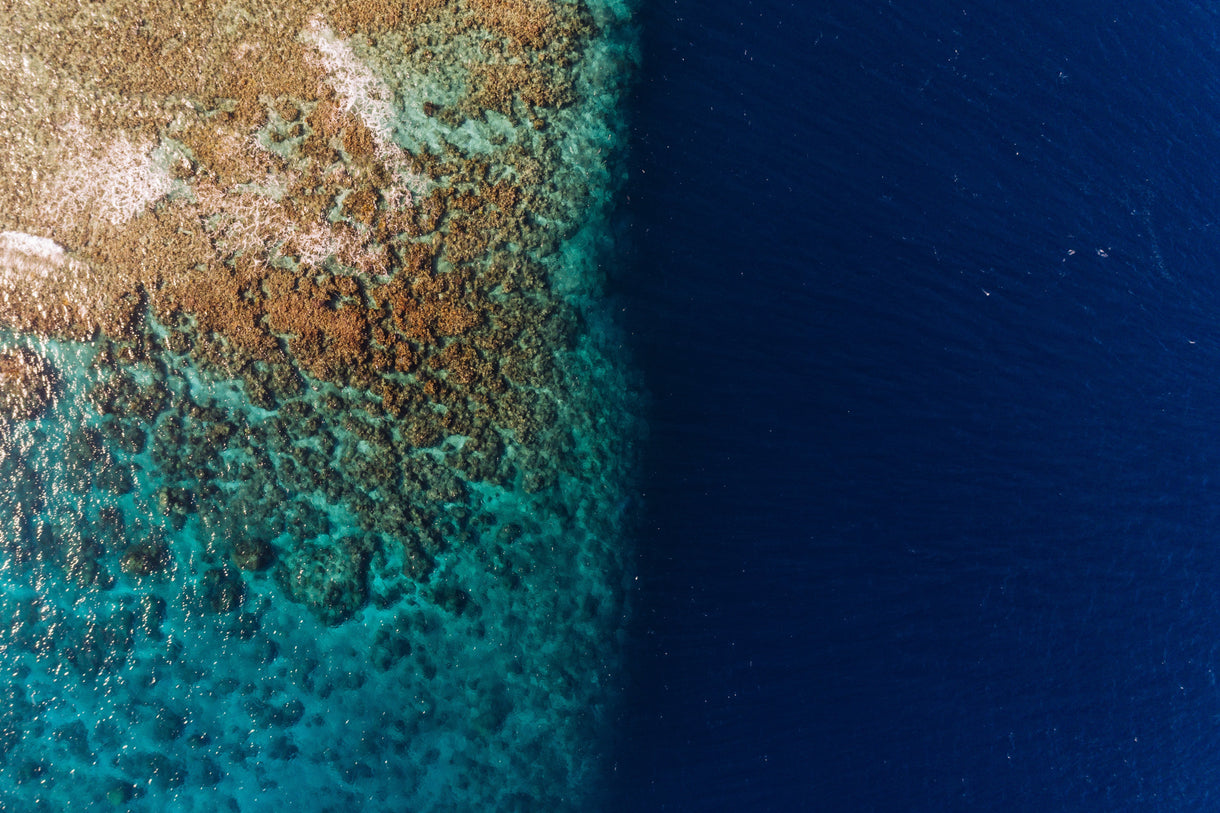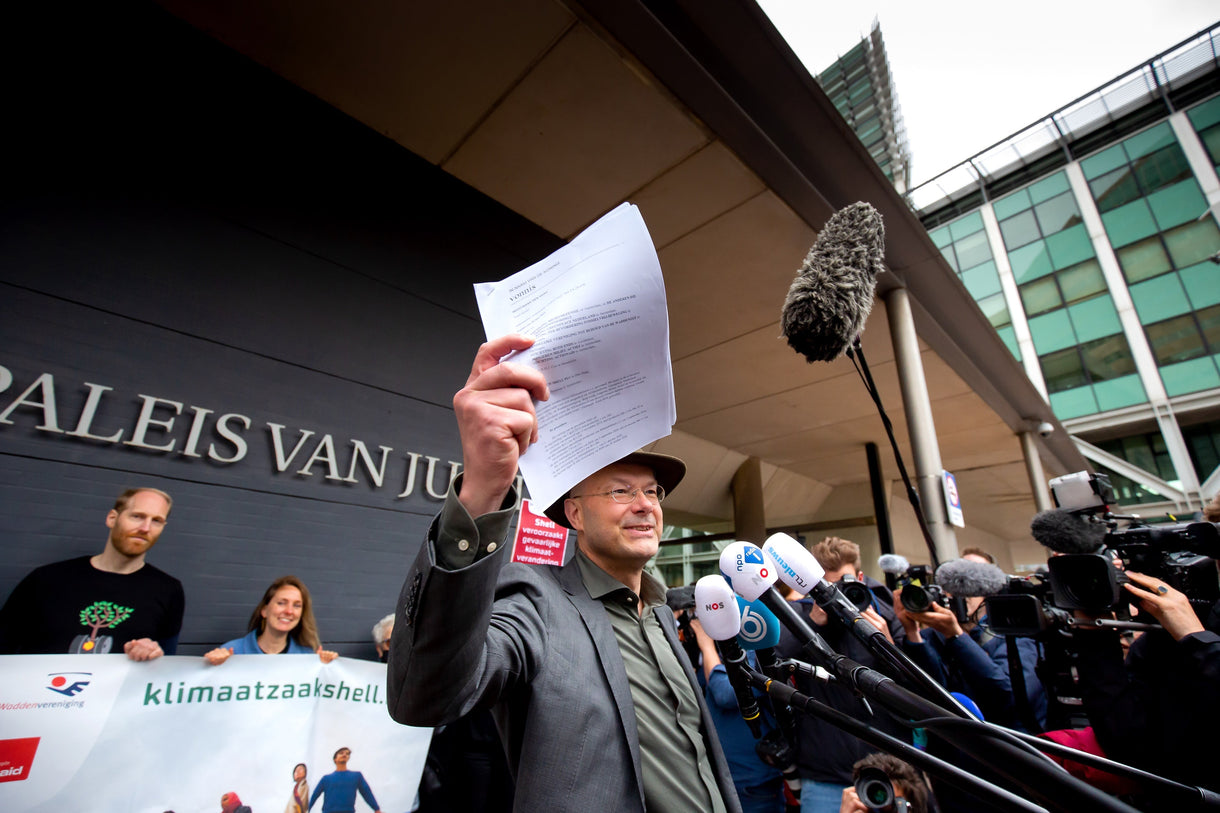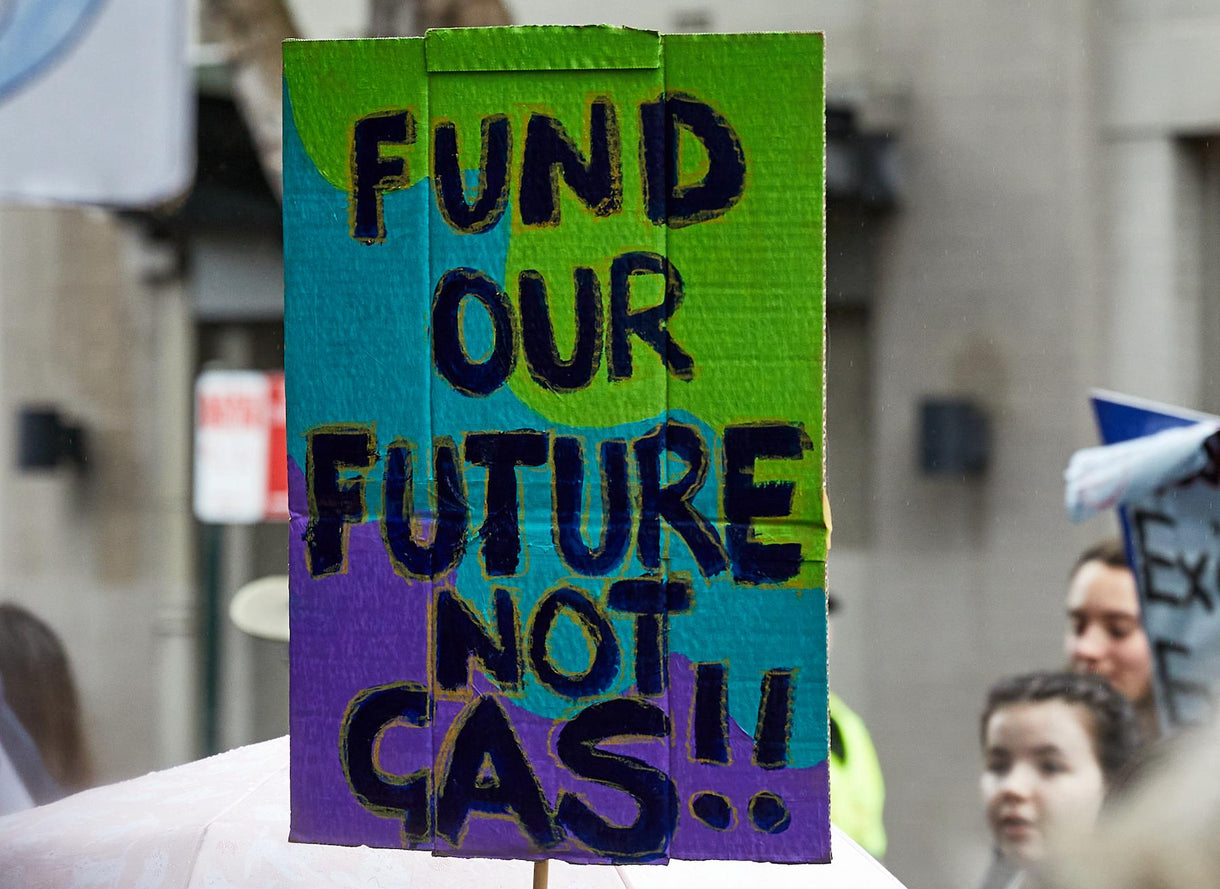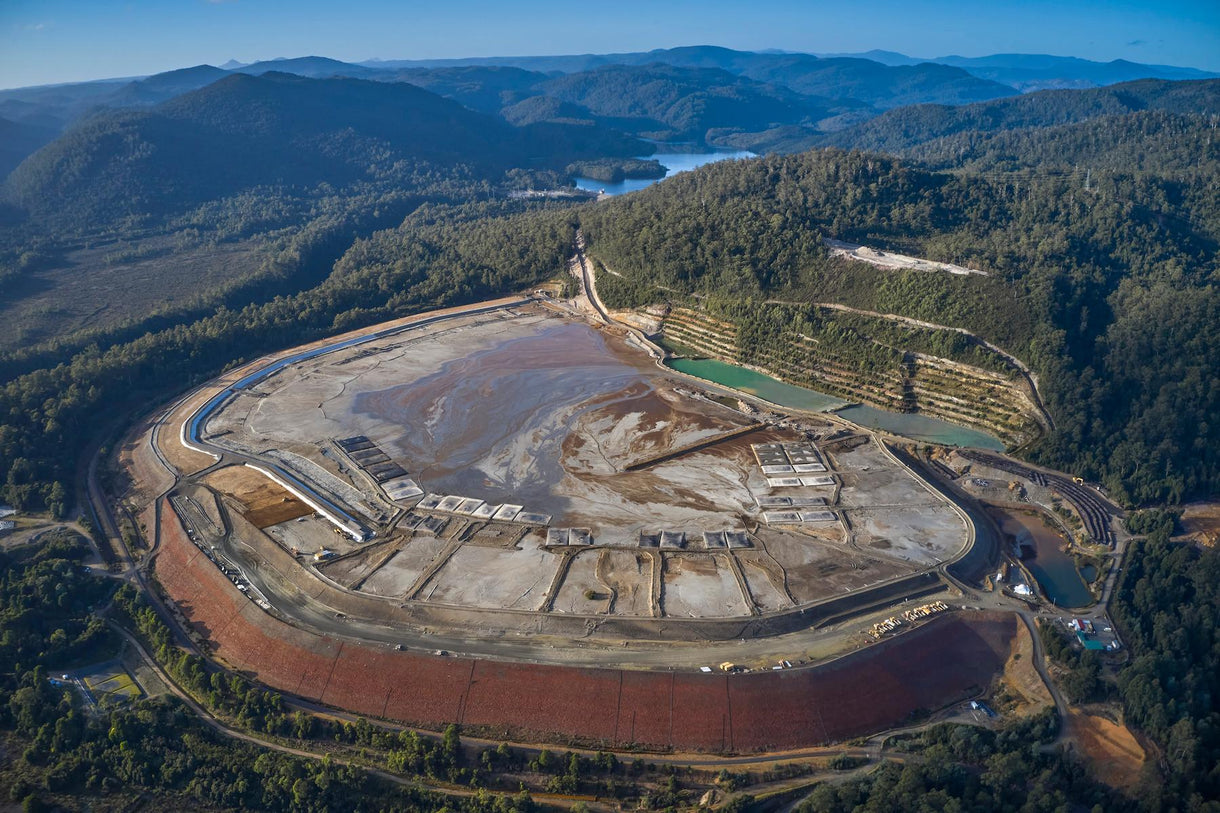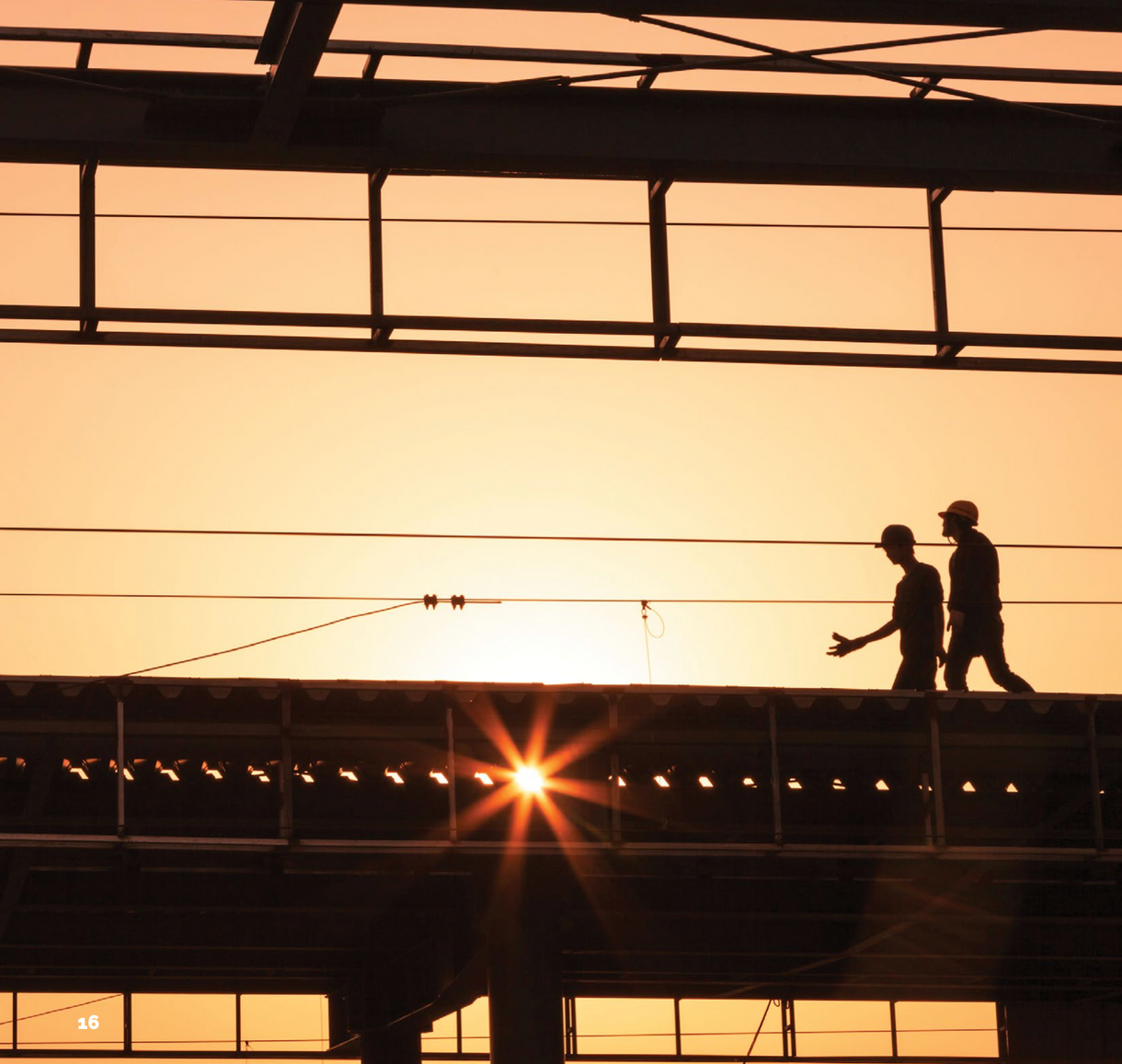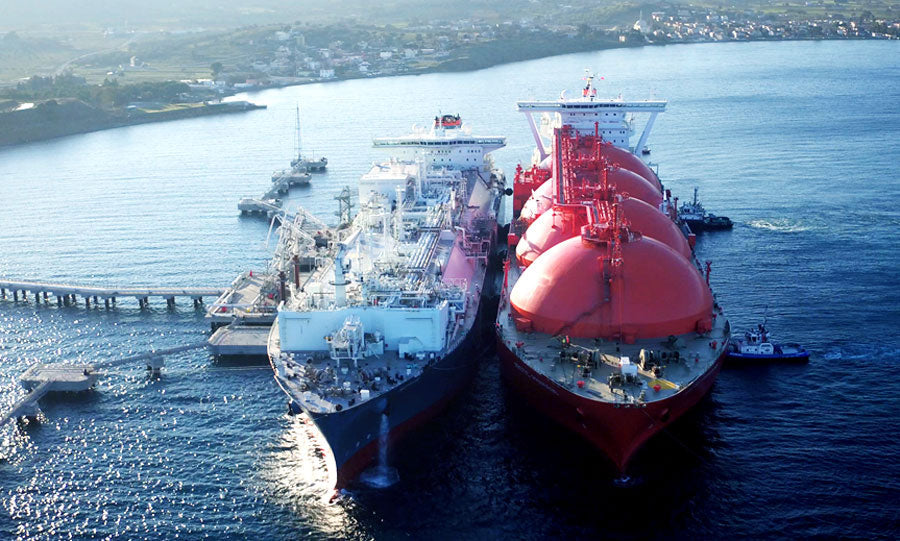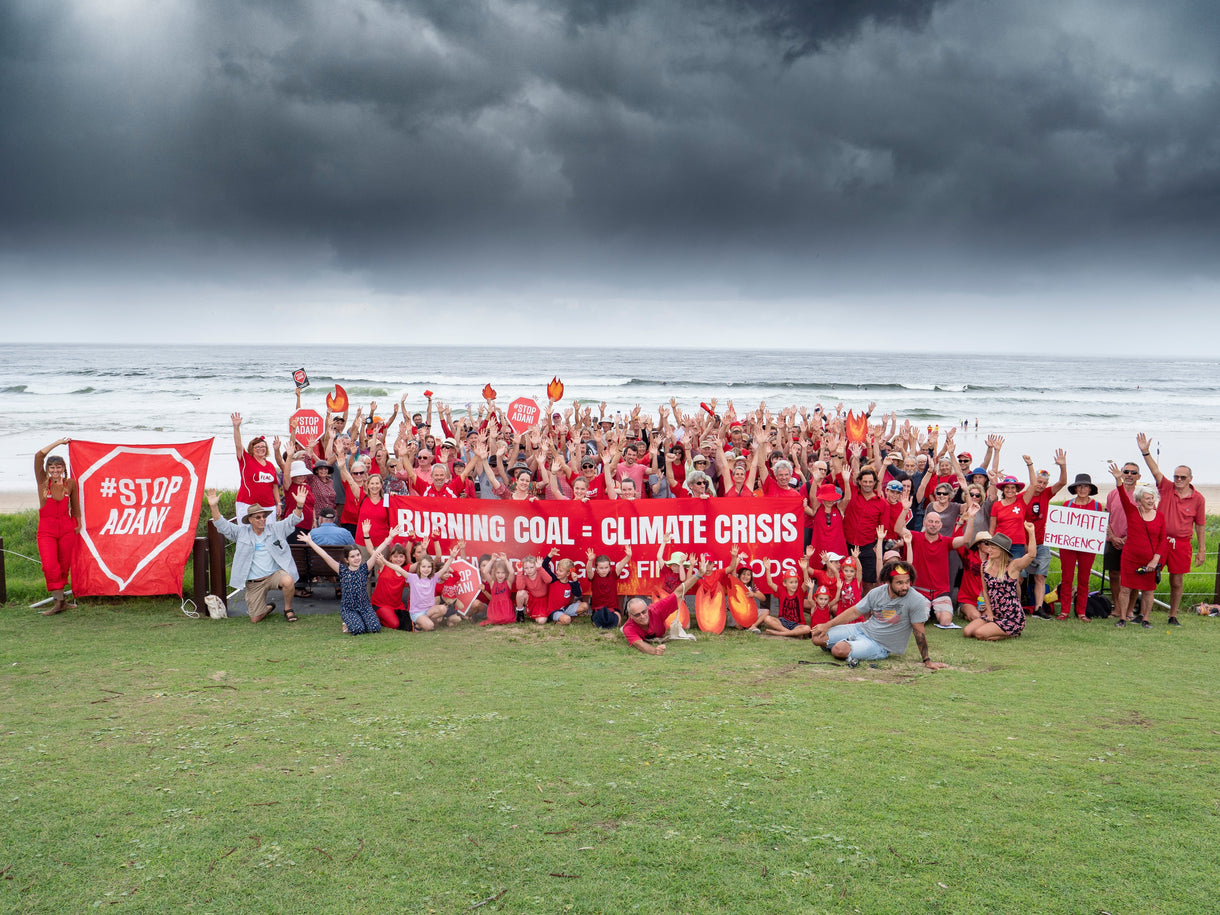It’s been a gas-fired news cycle this week. The Federal Government’s decision to build a $600 million gas power plant at Kurri Kurri has been a flashpoint for discussion around Australia’s energy policy and climate action… or lack of both.
Energy and Emissions Reduction Minister, Angus Taylor claimed the Kurri Kurri plant will “create jobs, maintain pressure on power prices, and keep the lights on.” Opponents have described it as a “white elephant”, “Blockbuster in a Netflix world”, “unlikely to ever be built”, and several hundred other less gracious terms.
Before exploring the ramifications of this gas plant being built, let’s look at what it actually does.
The Kurri Kurri plant in the NSW Hunter Valley is being built to replace the nearby Liddell coal-fired power station, due to be decommissioned in 2023. The fundamental difference however is that Kurri Kurri will be a gas peaking plant – it will only run as a back-up to the grid. The project’s own environmental impact statement (EIS) states it’s only expected to operate at 2% of capacity, an estimated 150 hours a year. The 600 jobs that are claimed the project will create are all in construction. Once operational it will only have 10 full-time employees.
The Kurri Kurri plant will be gas-fired. Gas generation in Australia currently only accounts for 6.4% of the National Energy Market (NEM), which is the electricity market for the five eastern states. Most of this is from South Australia, which doesn’t use coal. Gas generation in the NEM has declined 42 per cent since 2014 as gas has become more expensive and renewables have become cheaper.
At the moment there is no clear idea of where the gas to fuel the Kurri Kurri plant will come from. It will initially run on diesel, but there is speculation that gas could come from new gas fields at Narrabri, through new pipelines, or from a yet-to-be-built gas import terminal at Newcastle. The Federal Government insists the plant will be built to also run on hydrogen, if and when that industry develops. South Australia last week opened its first green hydrogen plant, but the government has been pitching heavily for blue hydrogen, which is produced using fossil fuels like gas.
"The Kurri Kurri move comes at a crucial juncture"
In terms of capacity Kurri Kurri – when it runs – will produce 660 megawatts of power. The Liddell coal plant currently delivers 1000 megawatts (1 gigawatt). This was the Government’s initial ultimatum to build the Kurri Kurri – if the market didn’t replace those 1000 megawatts, the government would step in and build it themselves through their Snowy Hydro Corporation.
The Government claims the Liddell capacity hasn’t been replaced, but this is being heavily disputed. Across Australia 14 gigawatts of renewable capacity – solar, wind and battery storage – has been added to the grid in the past three years. In the first quarter of 2021 alone, the energy market committed to building 600 megawatts of battery storage, the equivalent of the Kurri Kurri gas plant at full capacity. Renewables are surging despite the lack of a coherent national energy policy pulling in that direction, now making up 27.7% of the NEM, more than doubling in the past decade.
The decision to intervene in the market and spend $600 million of taxpayer’s money has been met with widespread criticism from economists, environmentalists, and the energy sector itself. The Clean Energy Council states that battery storage runs 30% more cheaply than gas peaking plants. For $600 million you could build a 500 megawatt solar farm, saving 1 million tons of CO2 per year.
The Kurri Kurri move comes at a crucial juncture. With many of Australia’s coal-fired power stations reaching the end of their working lives, or simply being made uncompetitive by the rise of cheaper renewables, the government stepping back into fossil fuels when the market won’t make a clear statement.
The fact that it was announced on the same day the International Energy Agency released a road map to global net zero emissions by 2050 (that required developed countries to immediately cease all new fossil fuel projects) was seen as the Government thumbing their noses at global climate action. The fact it happened a week out from a state by-election in a coal heartland meanwhile – a by-election won by the coal-loving Nationals – signals they may not care.
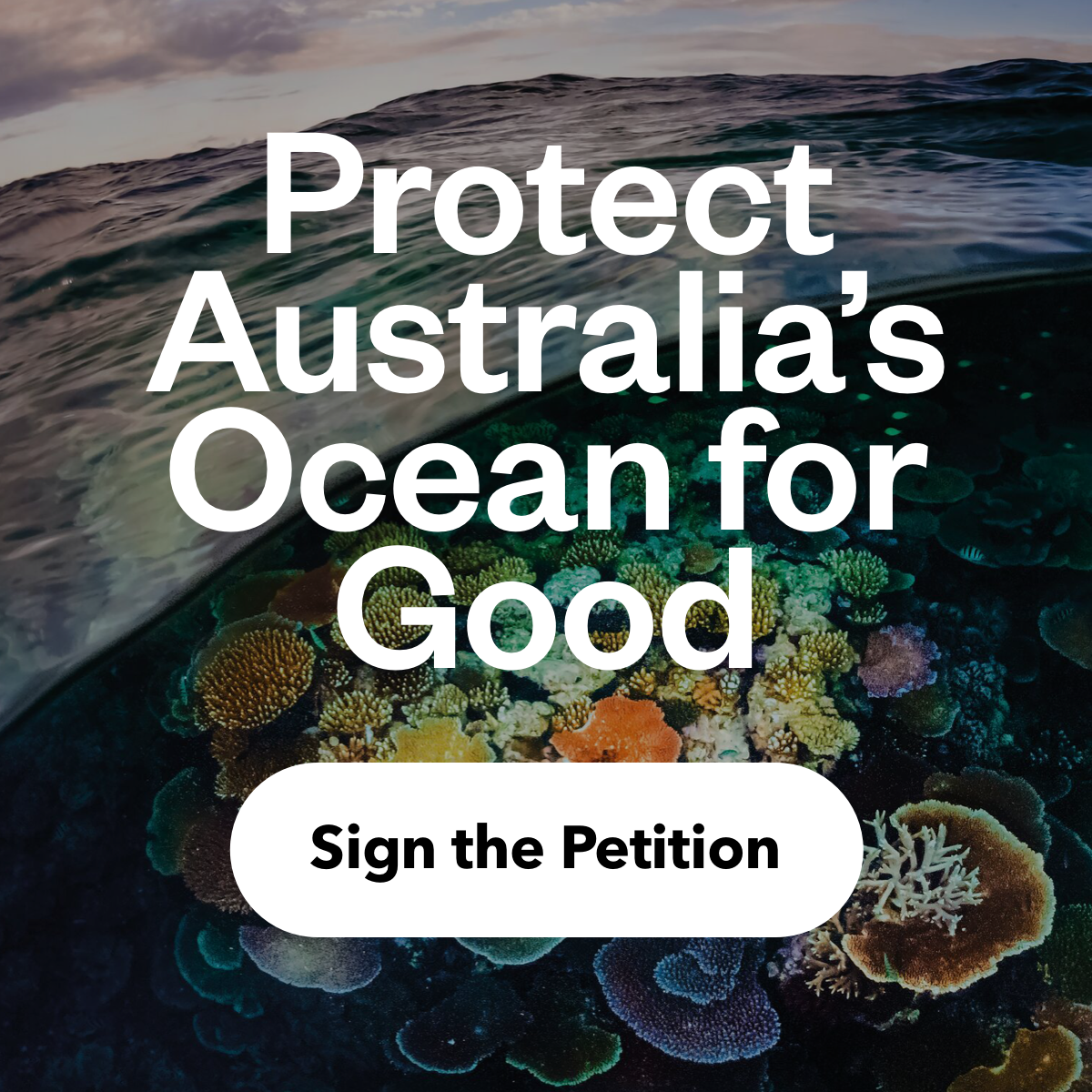
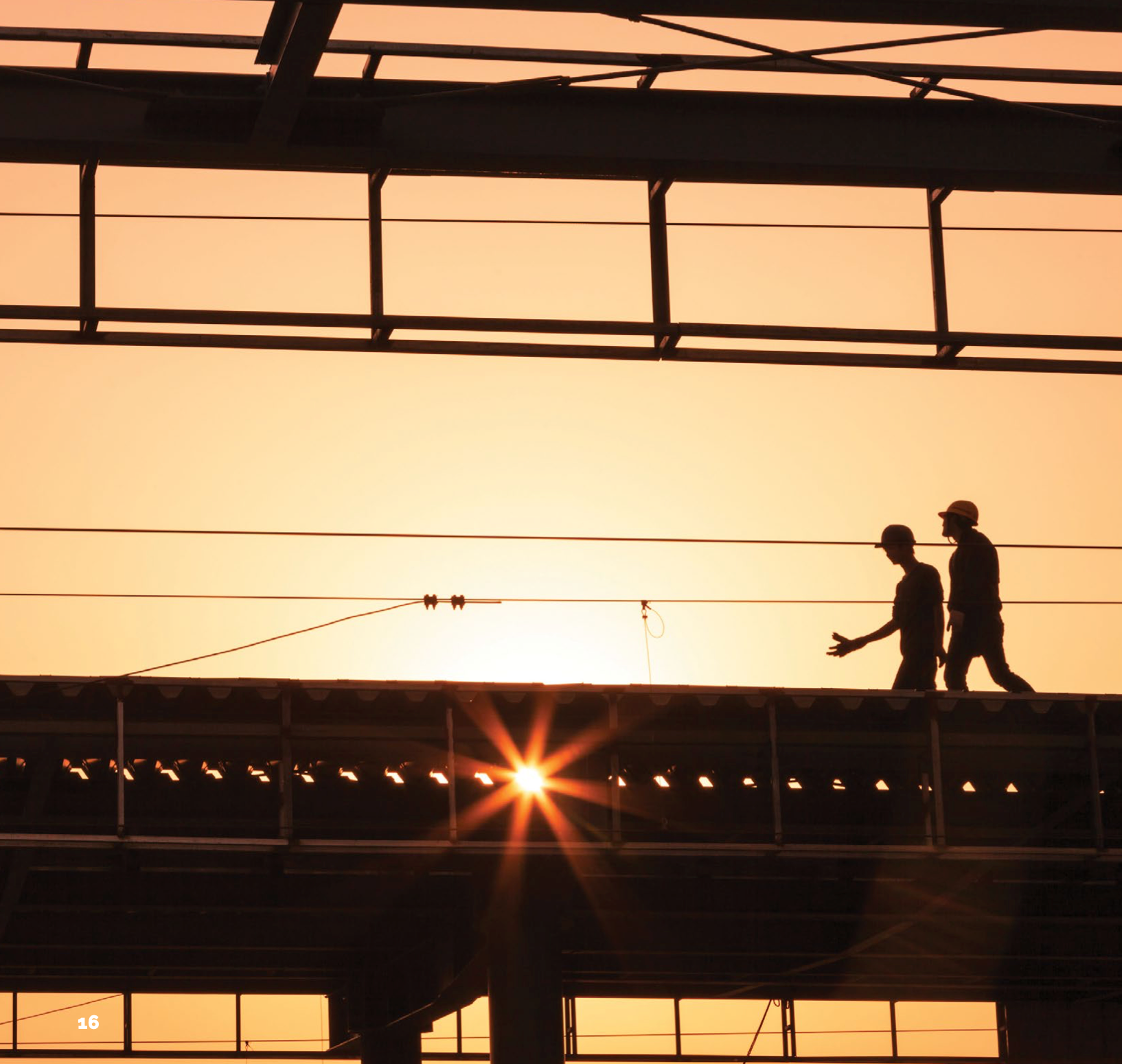

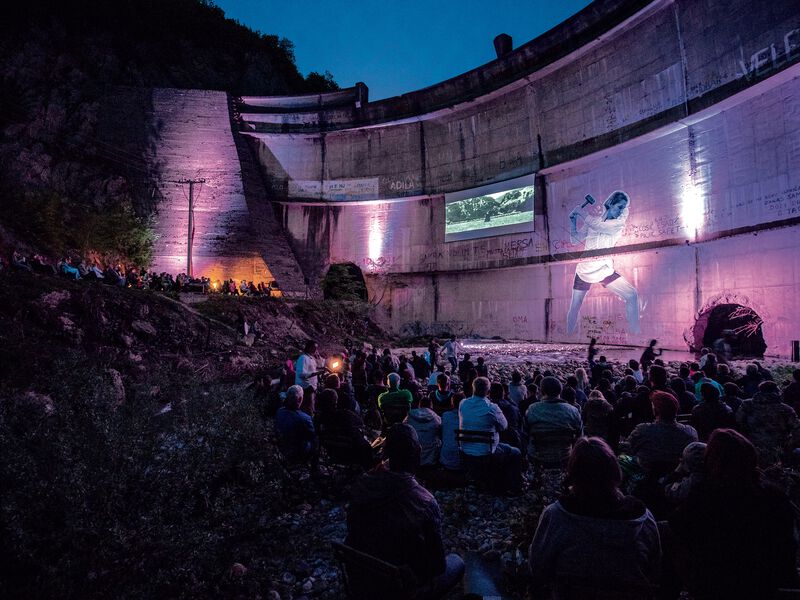
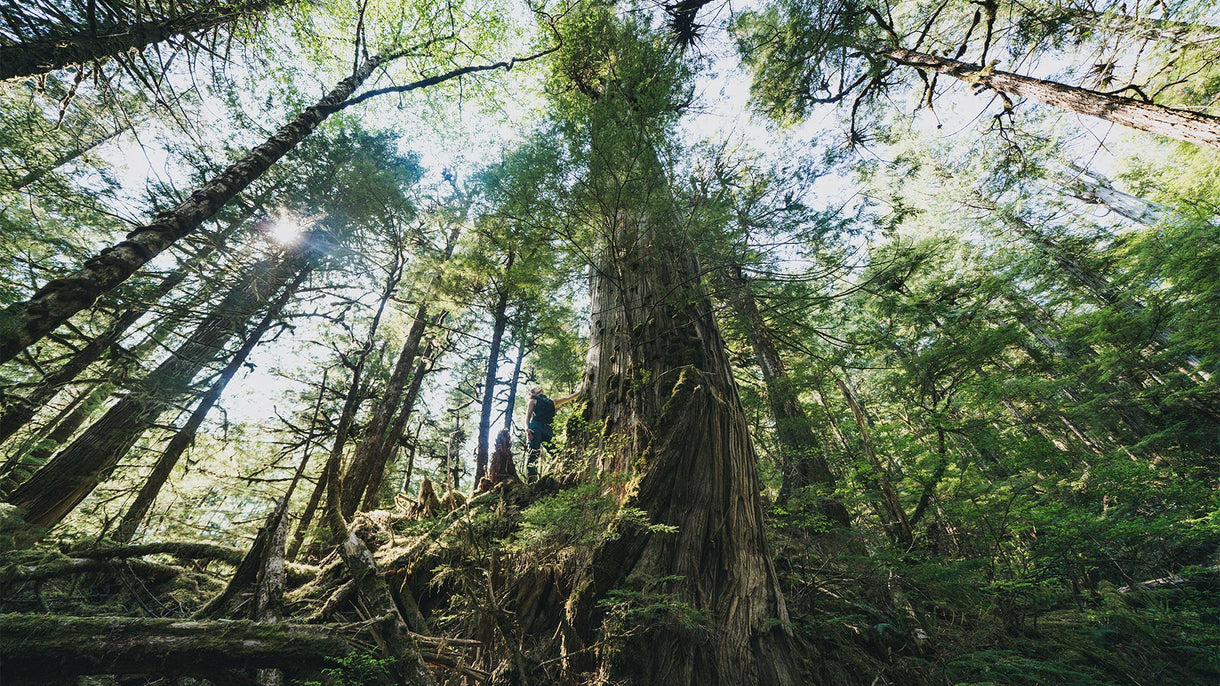
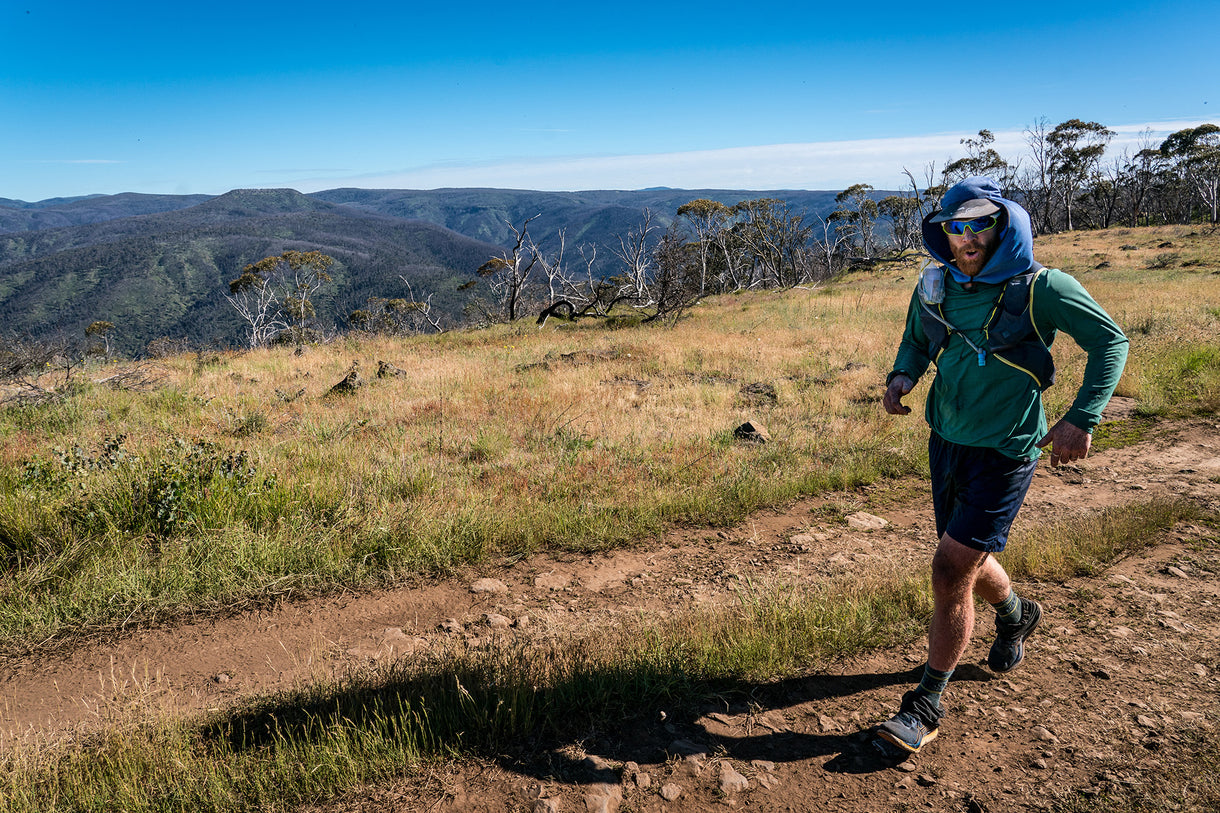

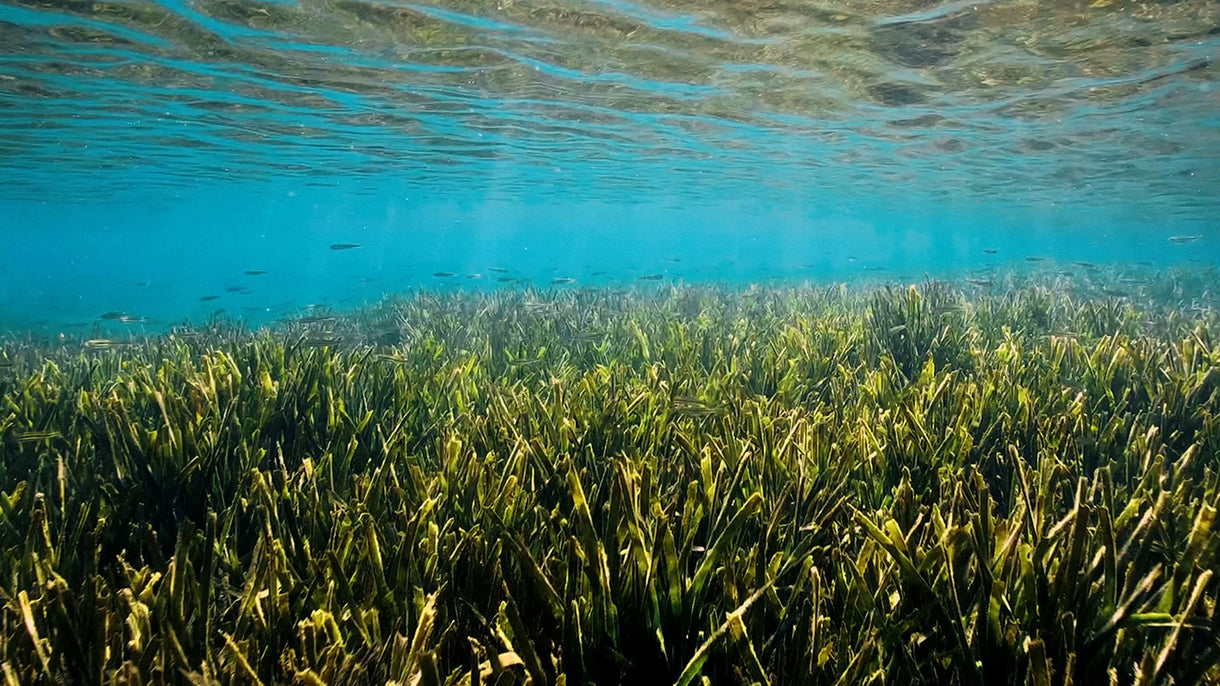
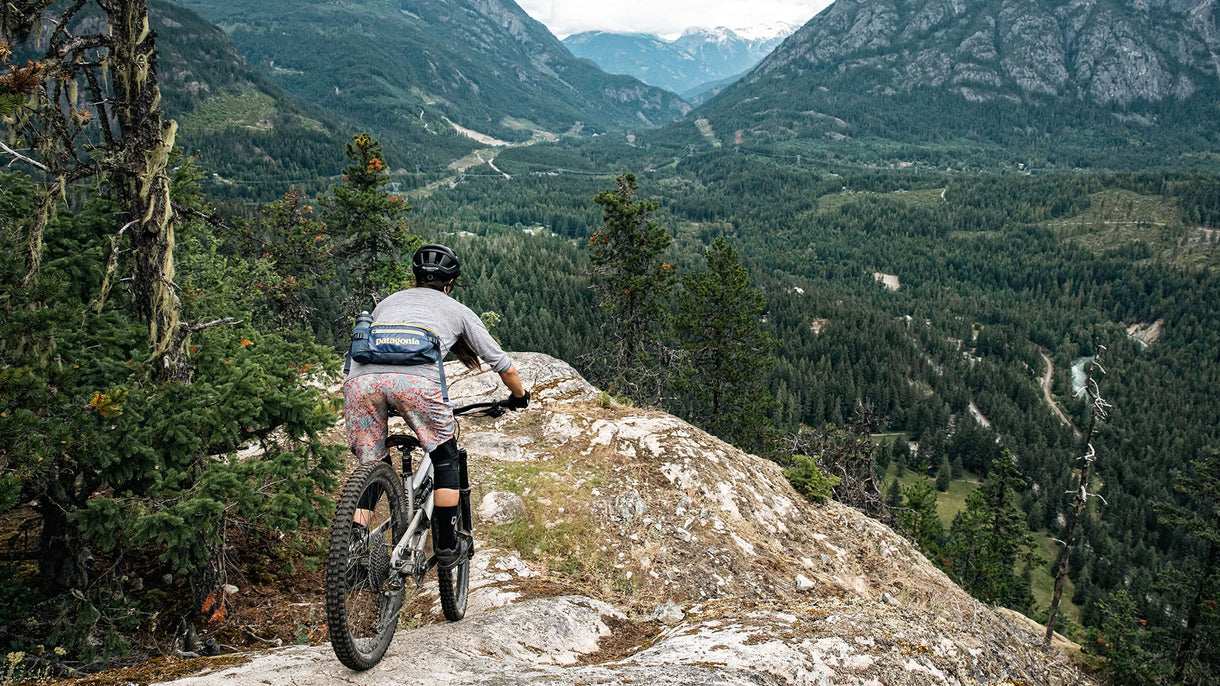
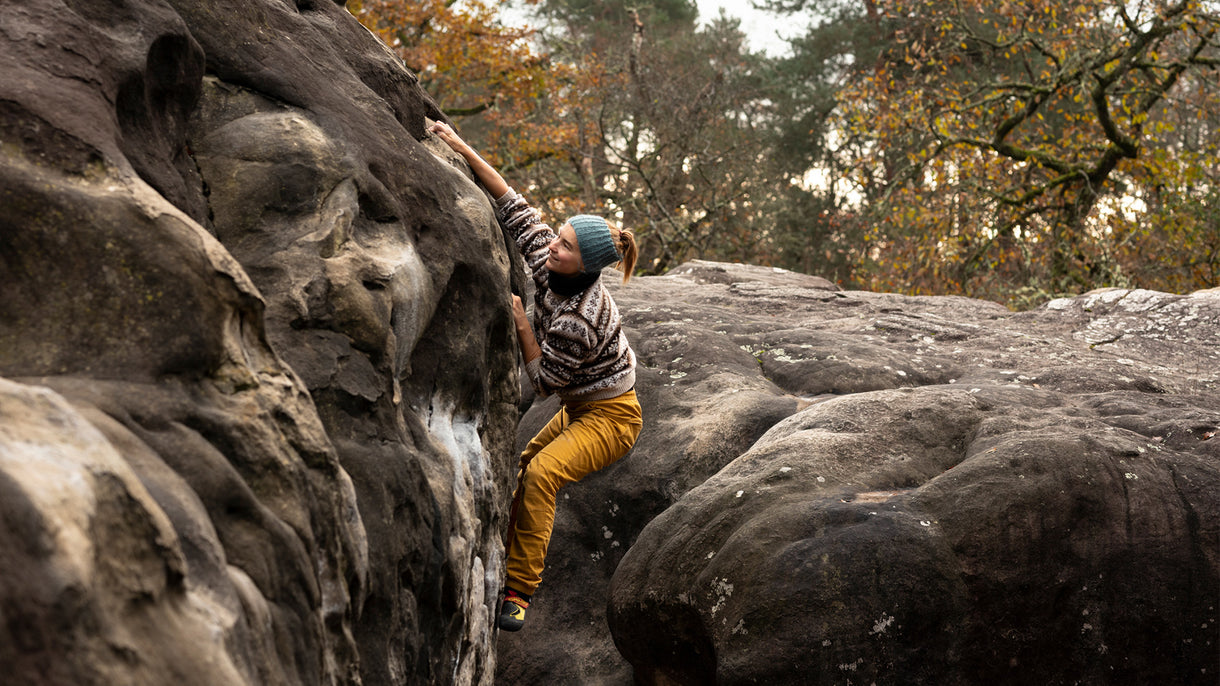





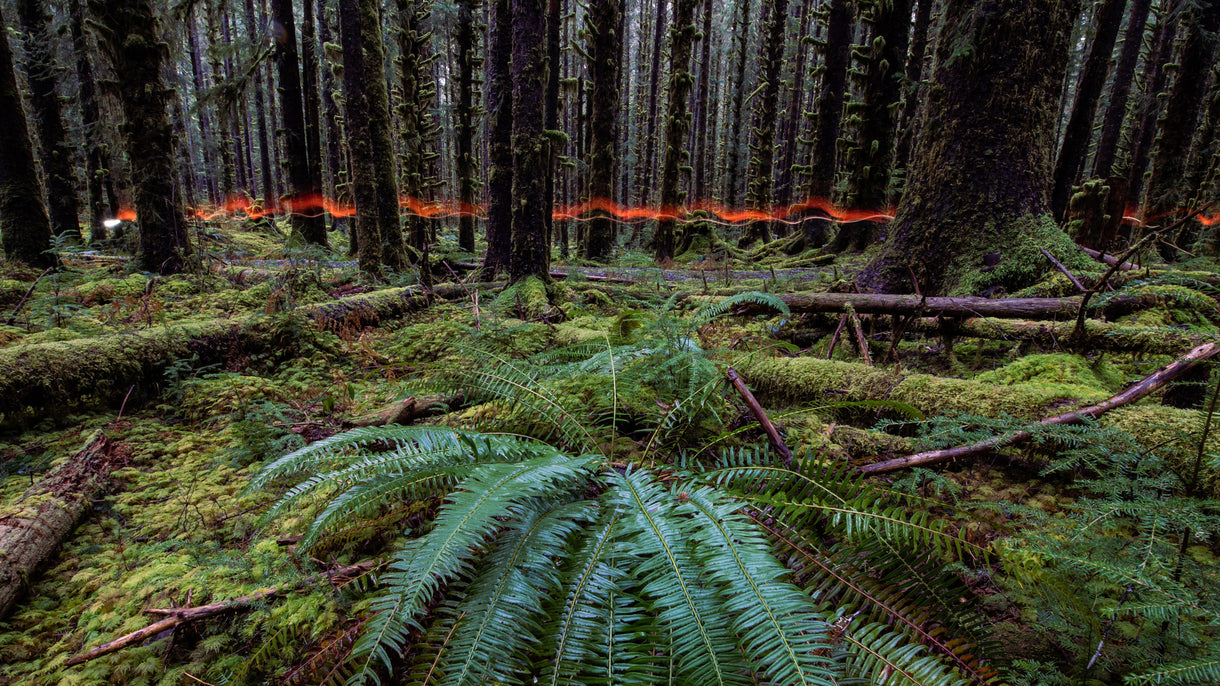
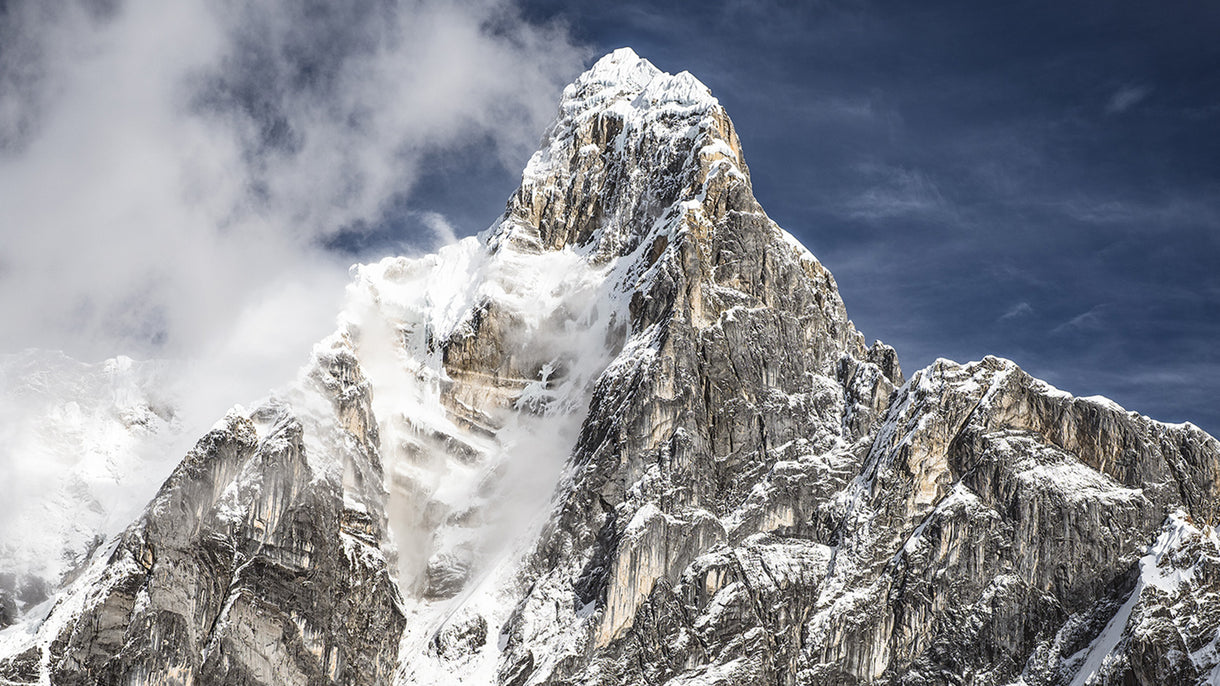
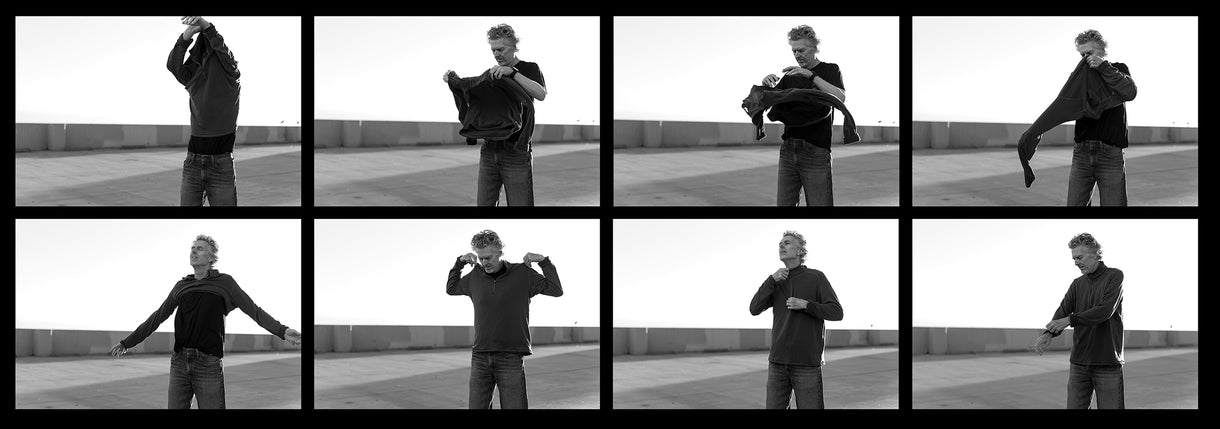

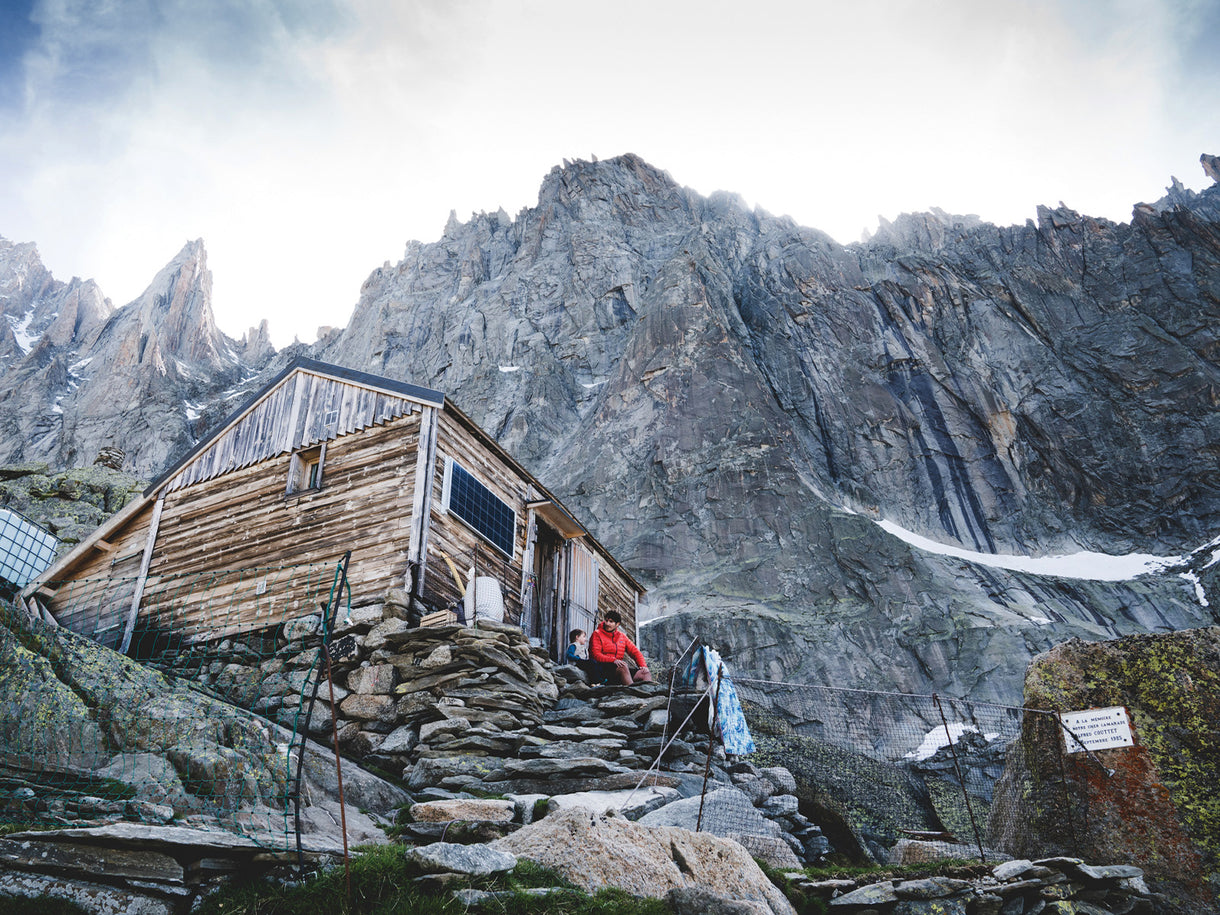





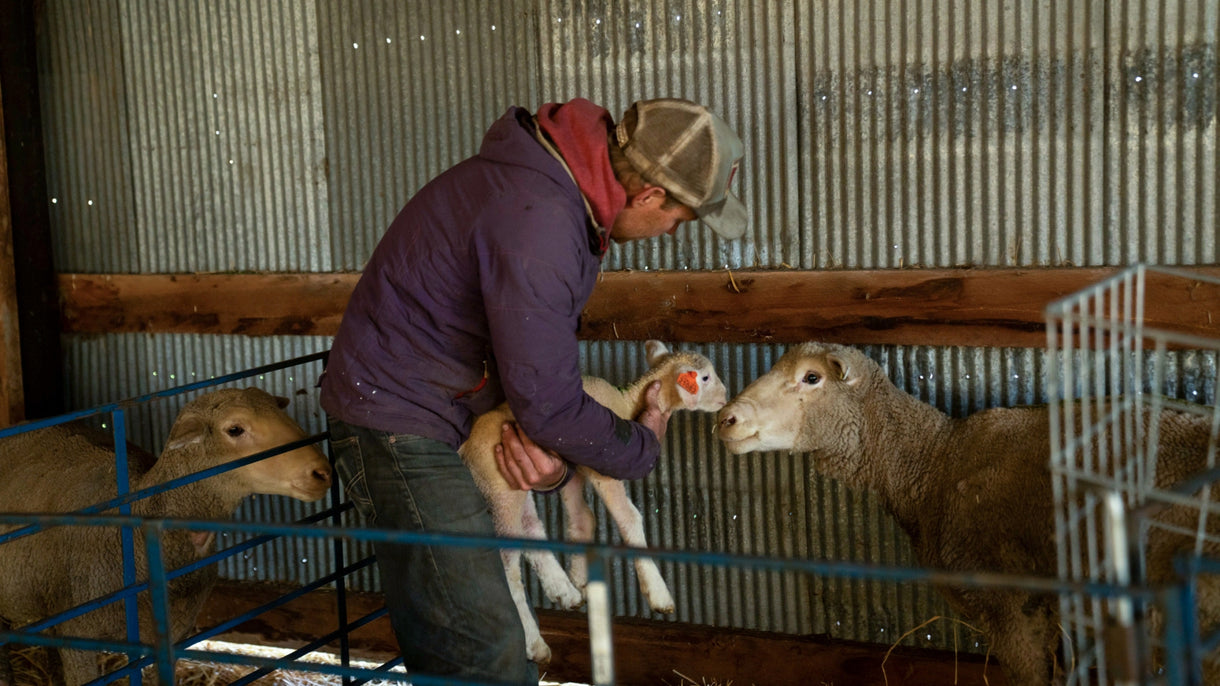


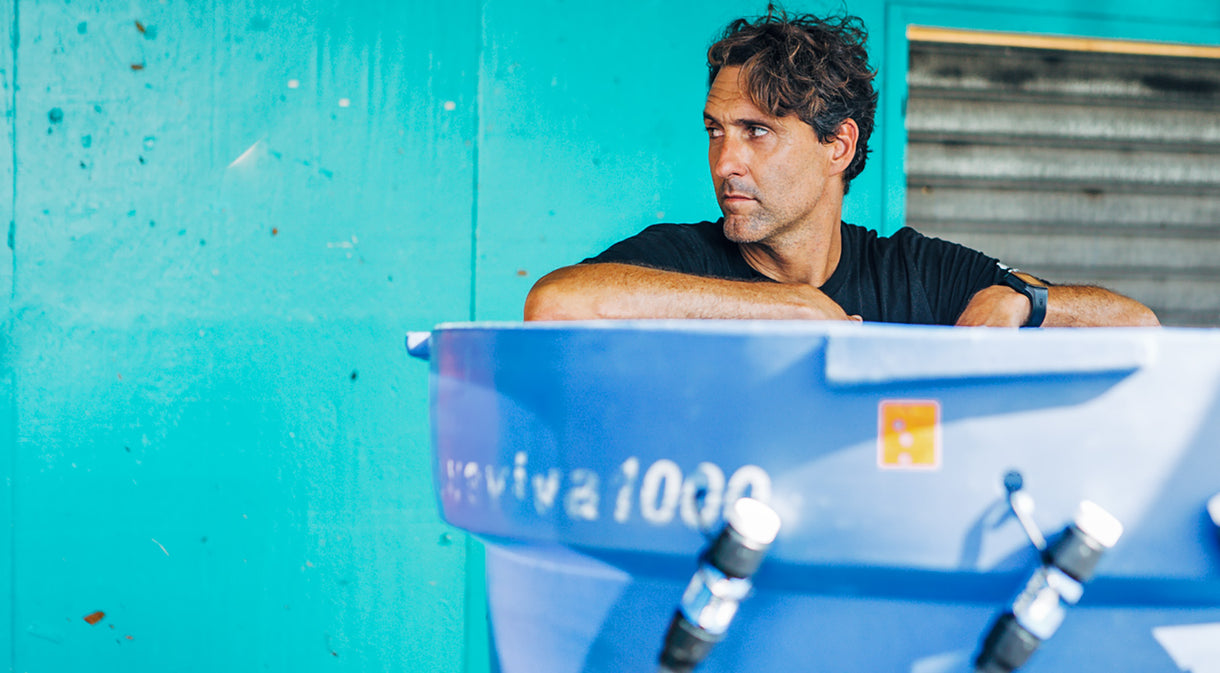
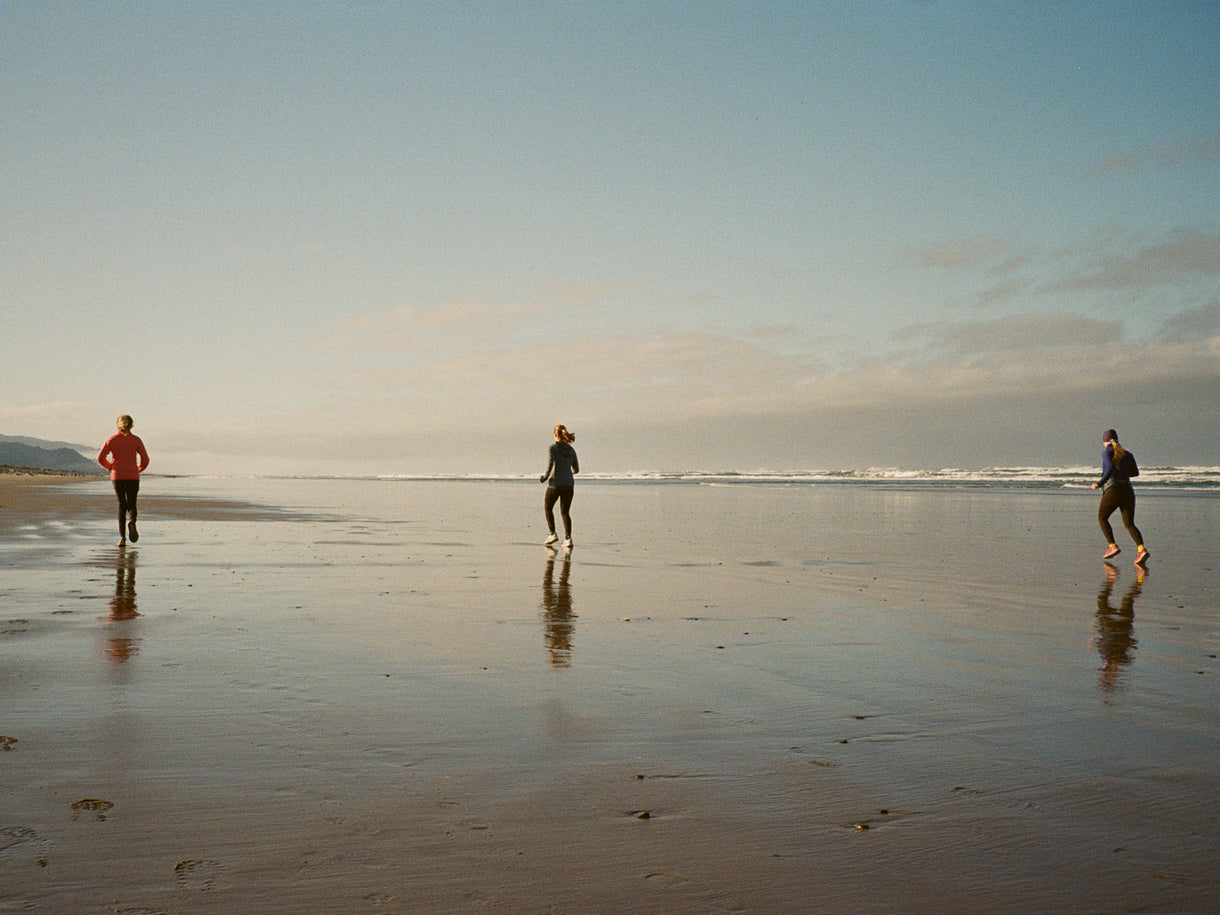
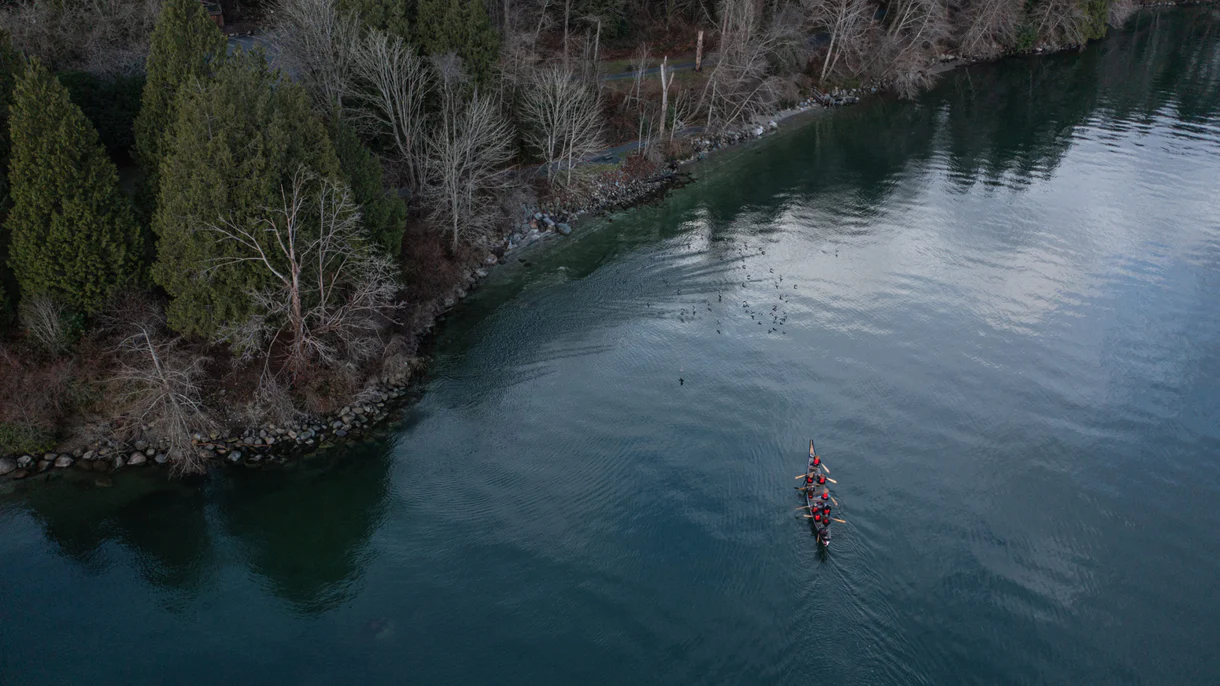

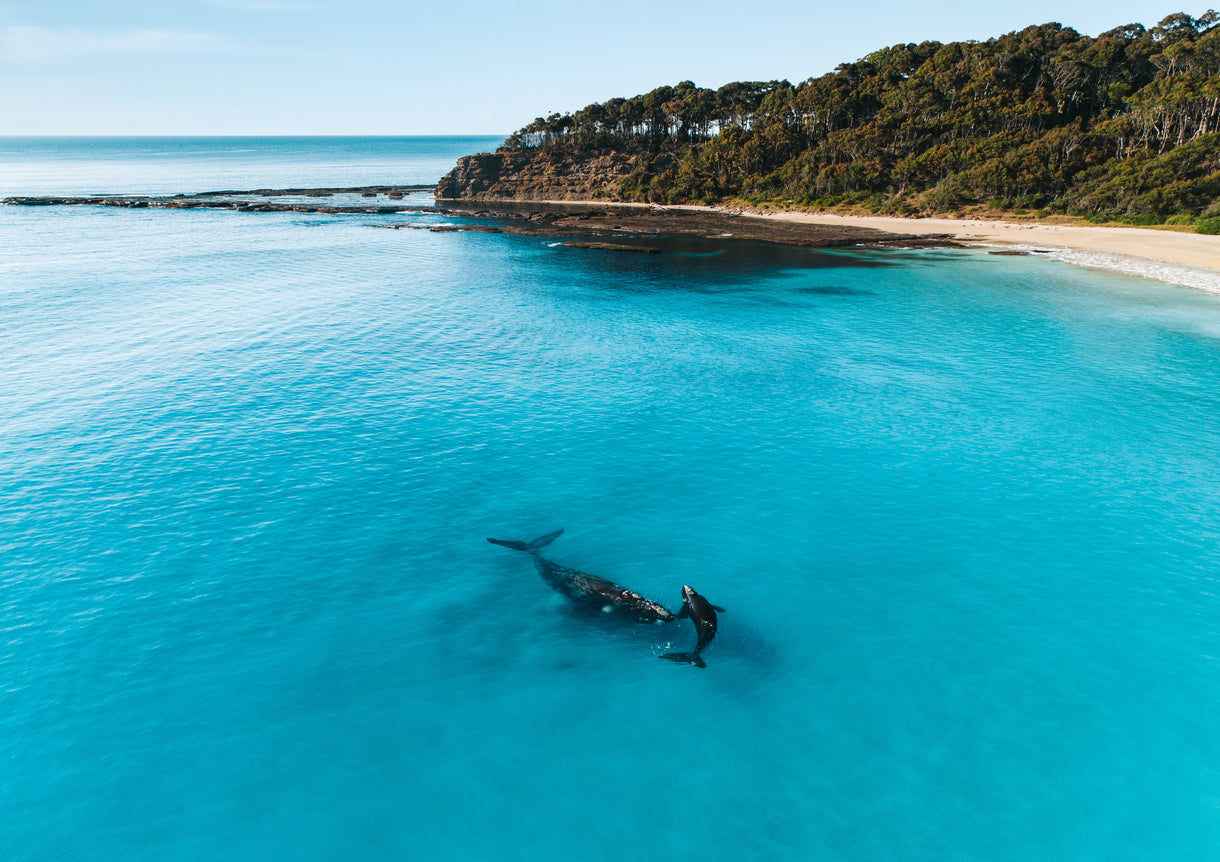
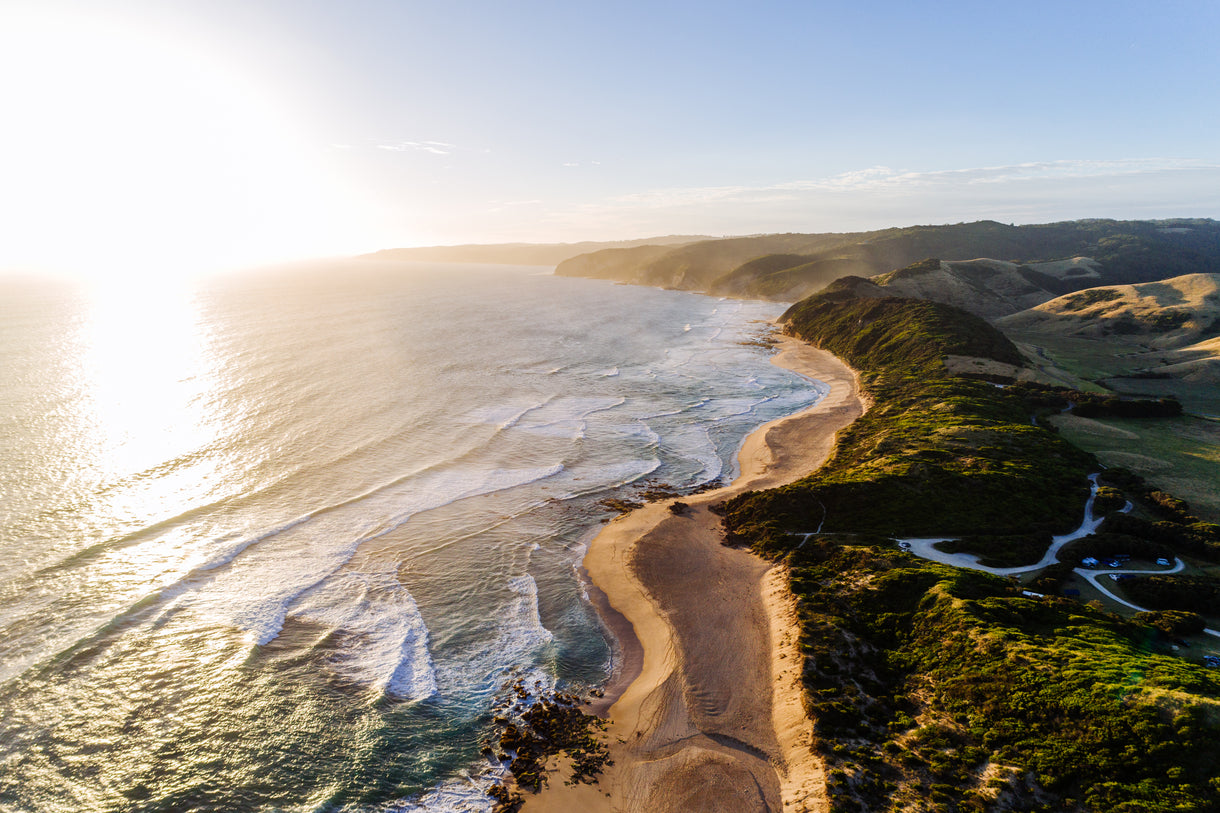
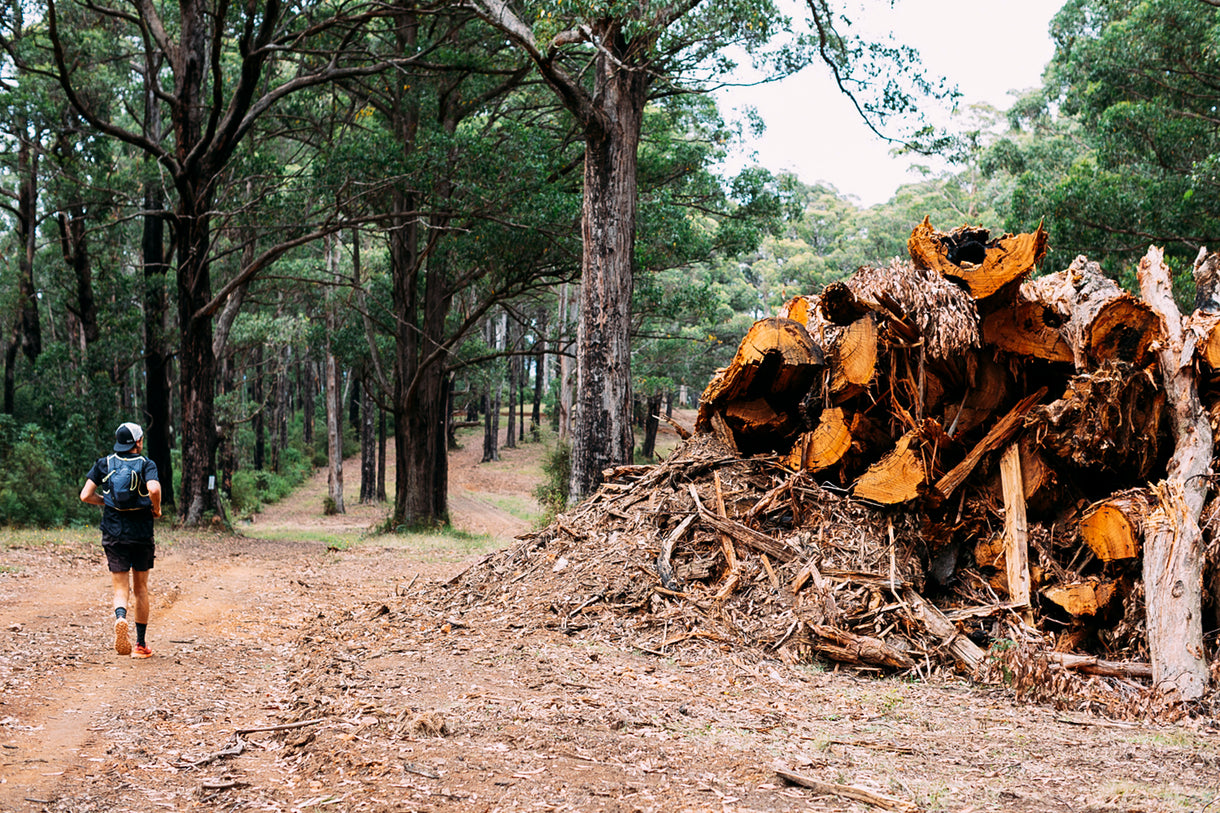
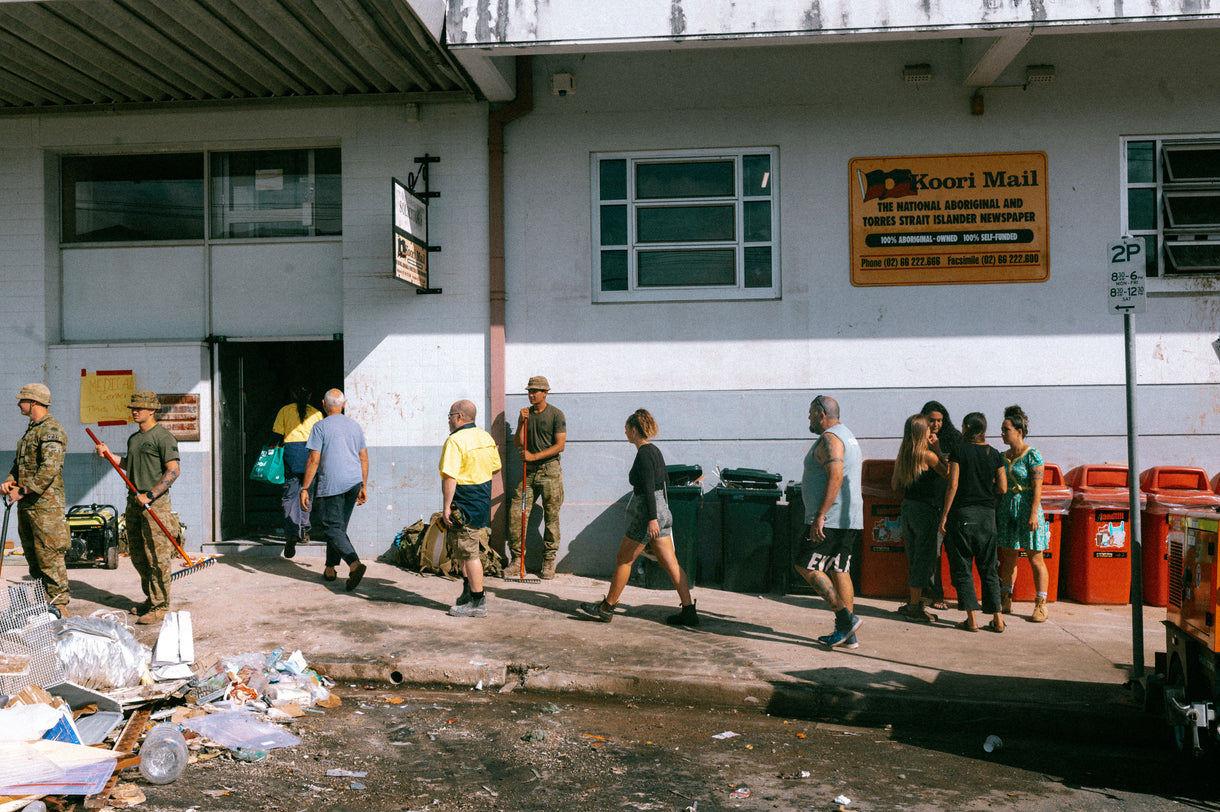

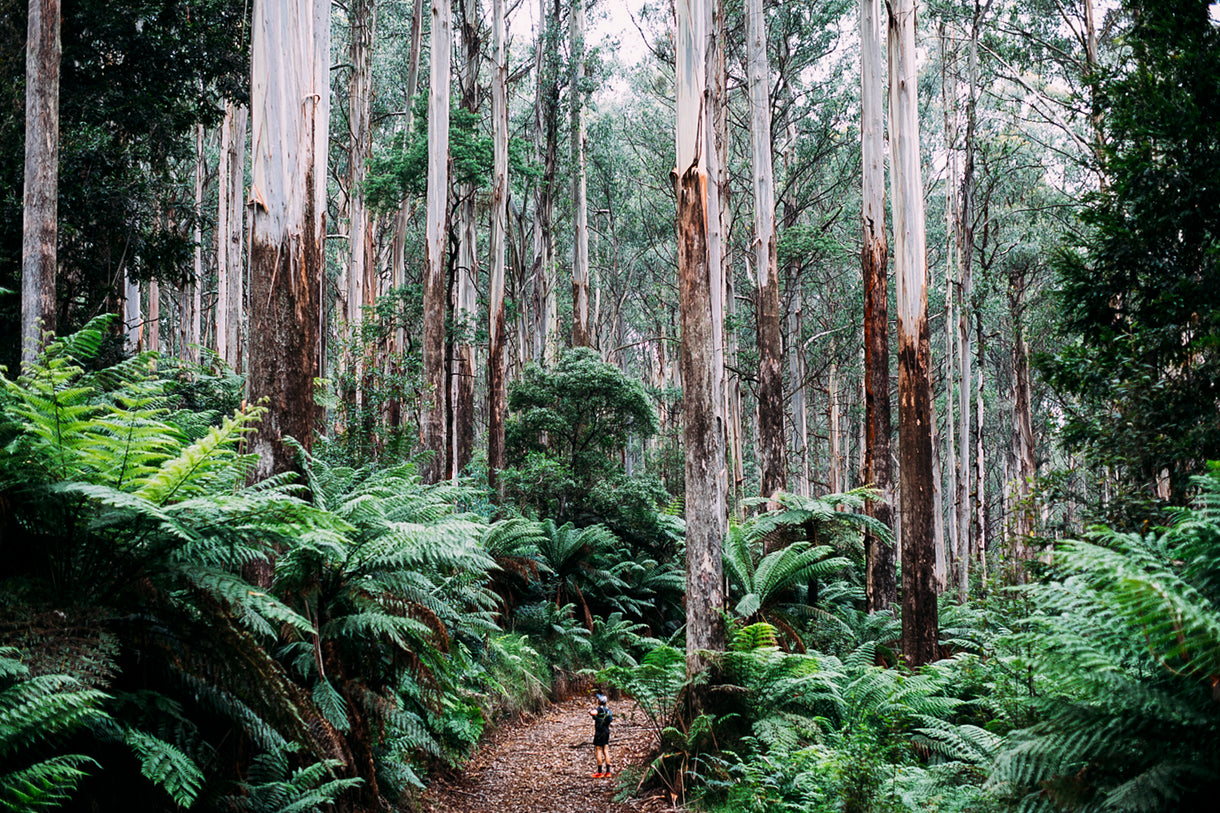
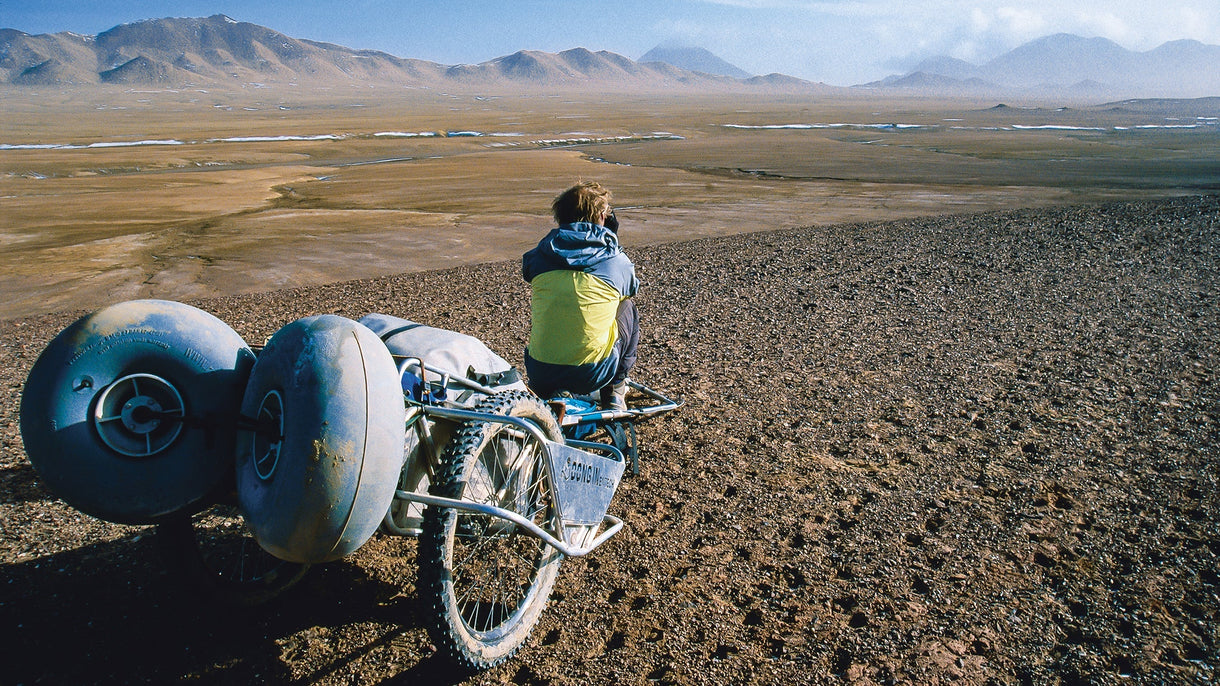
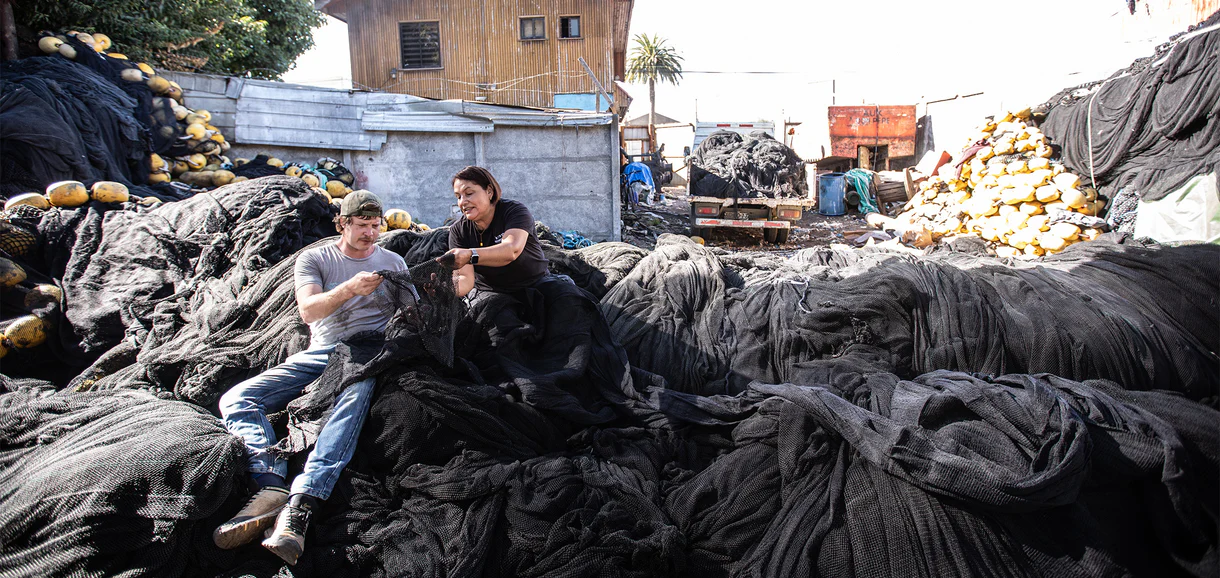




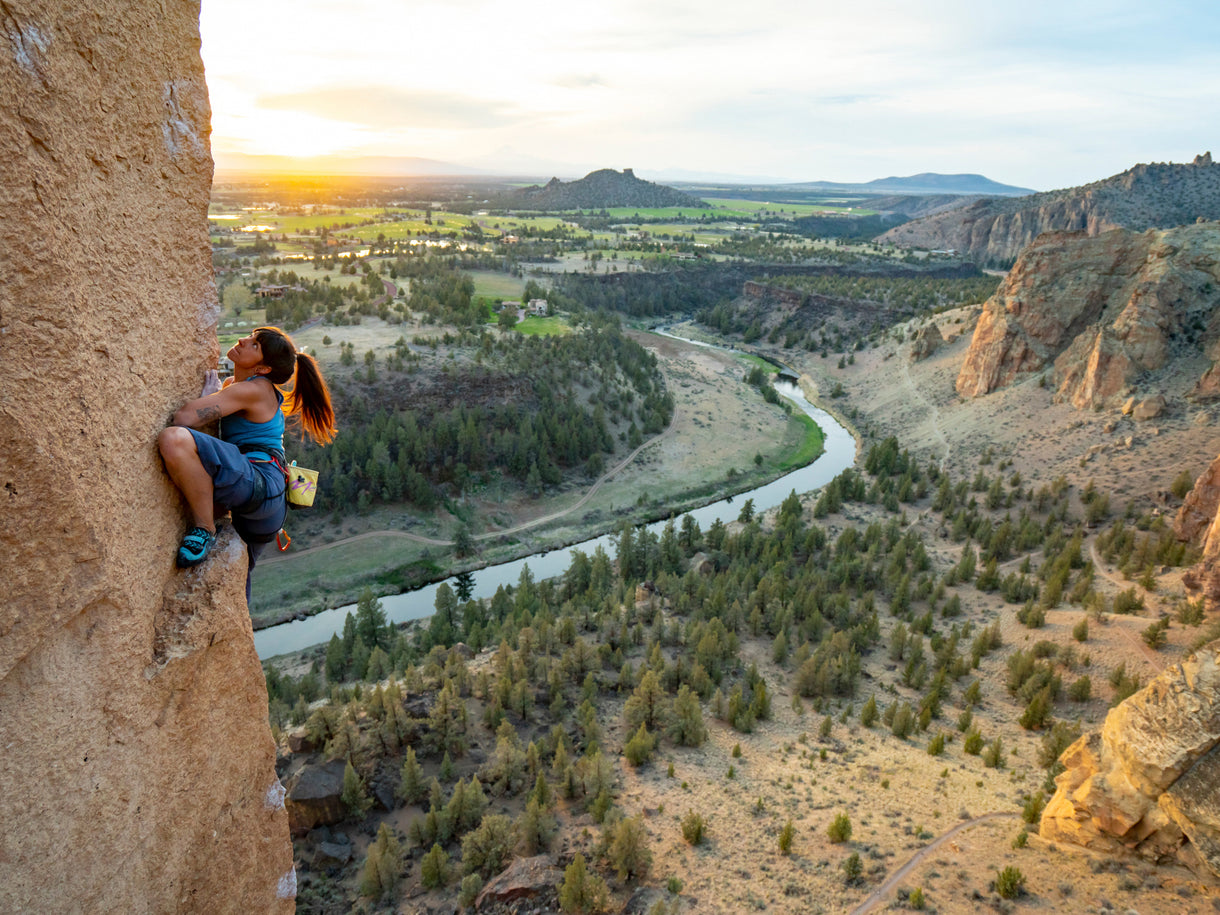
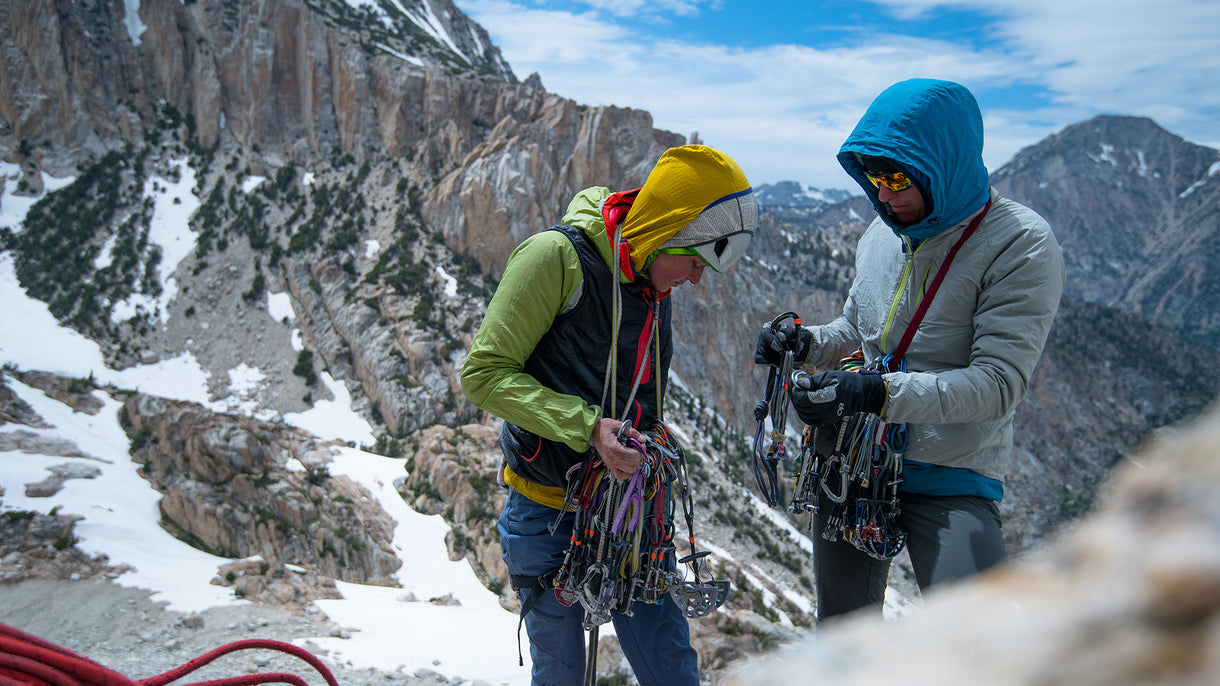
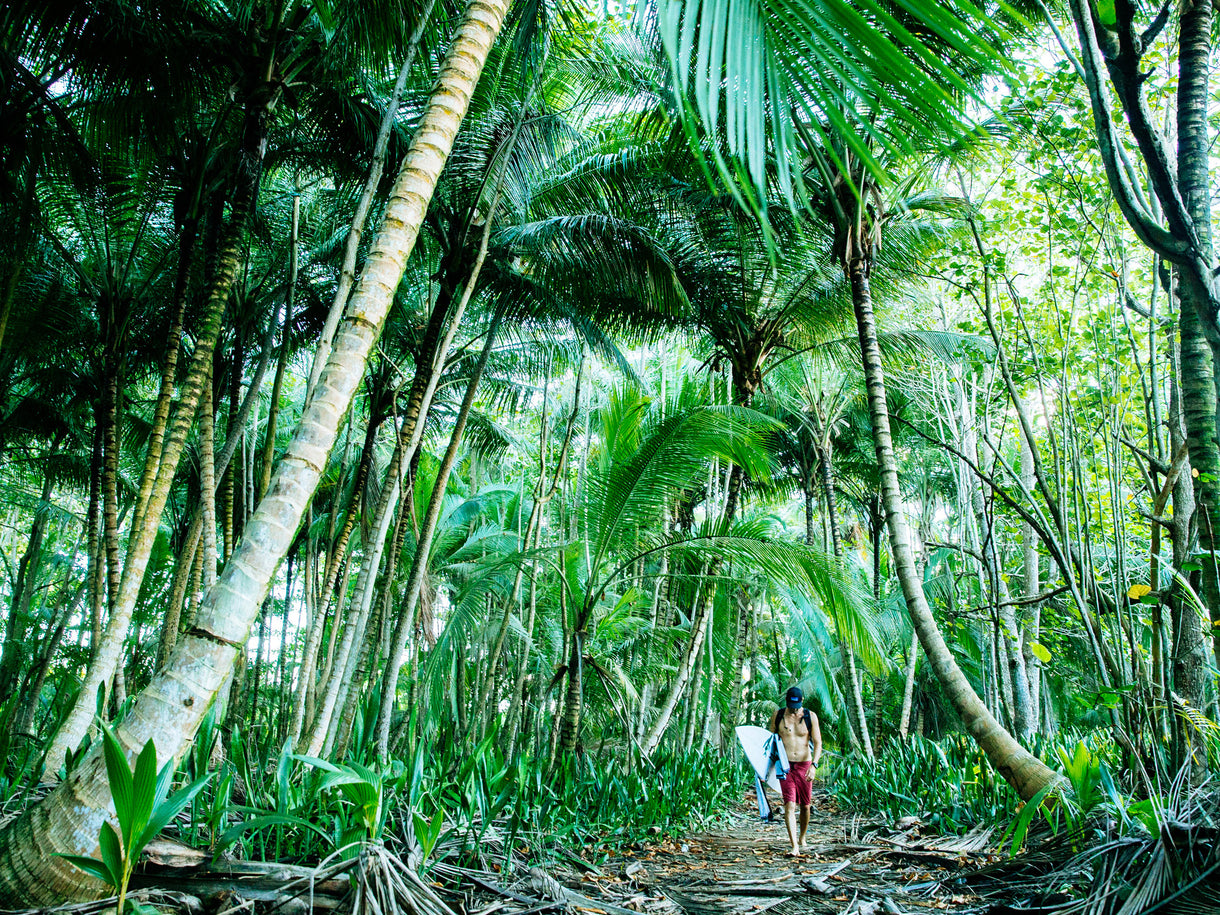


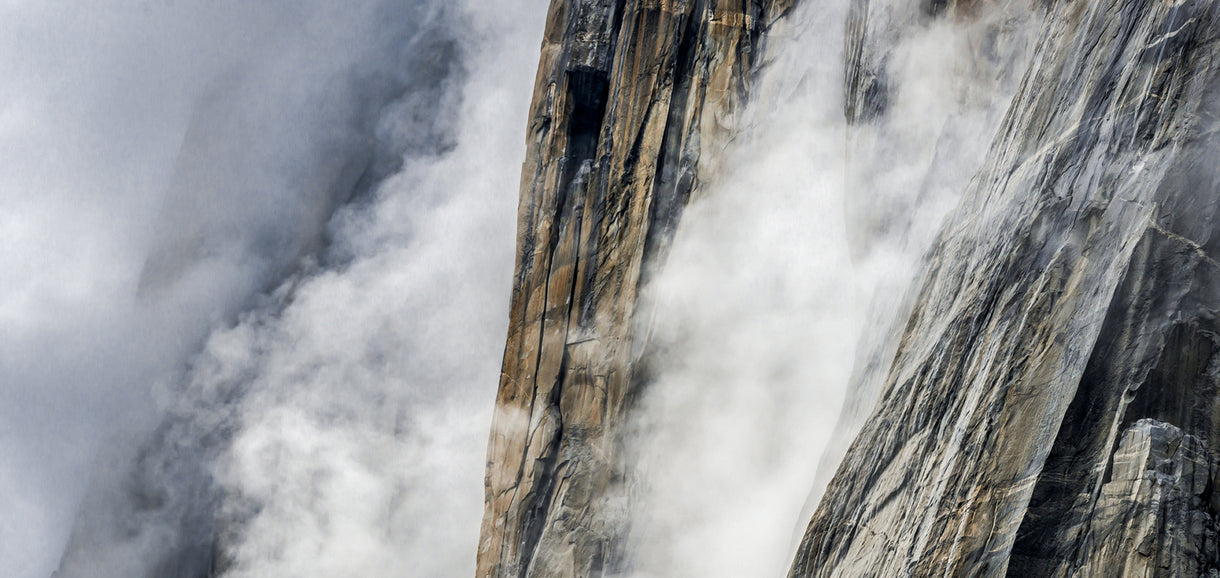

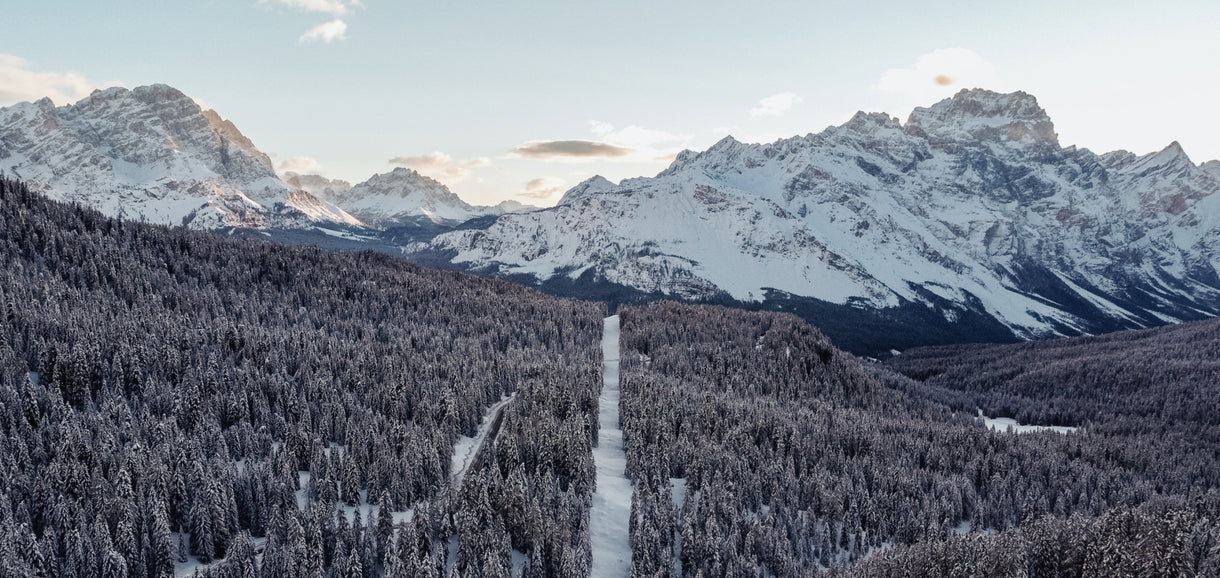
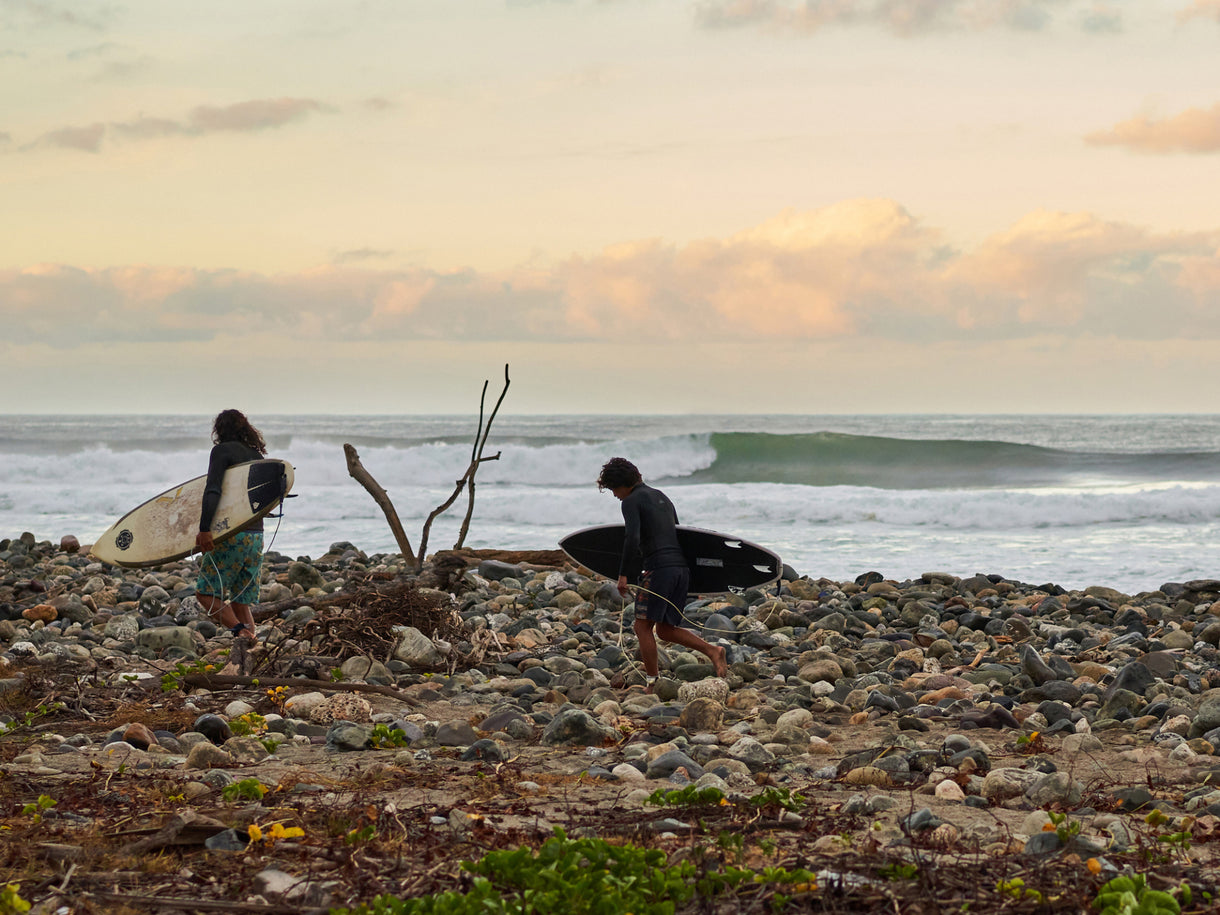
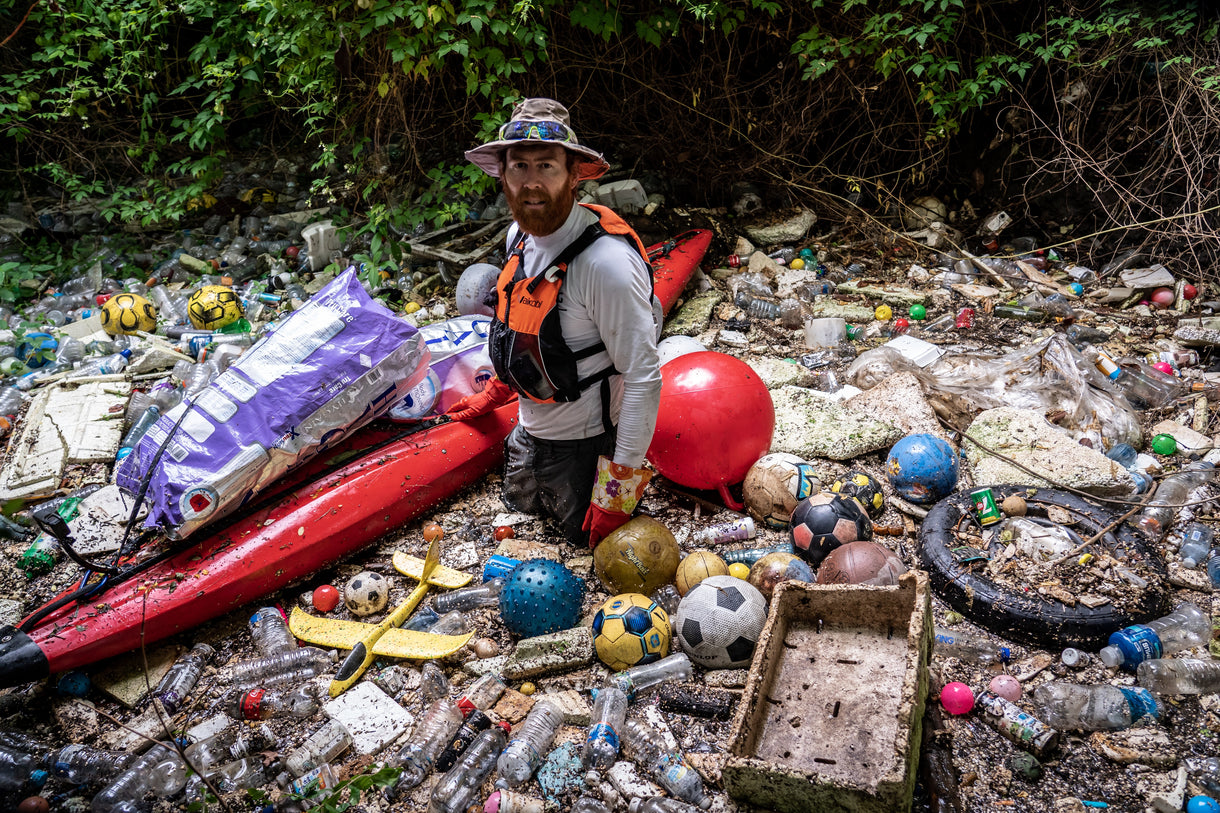
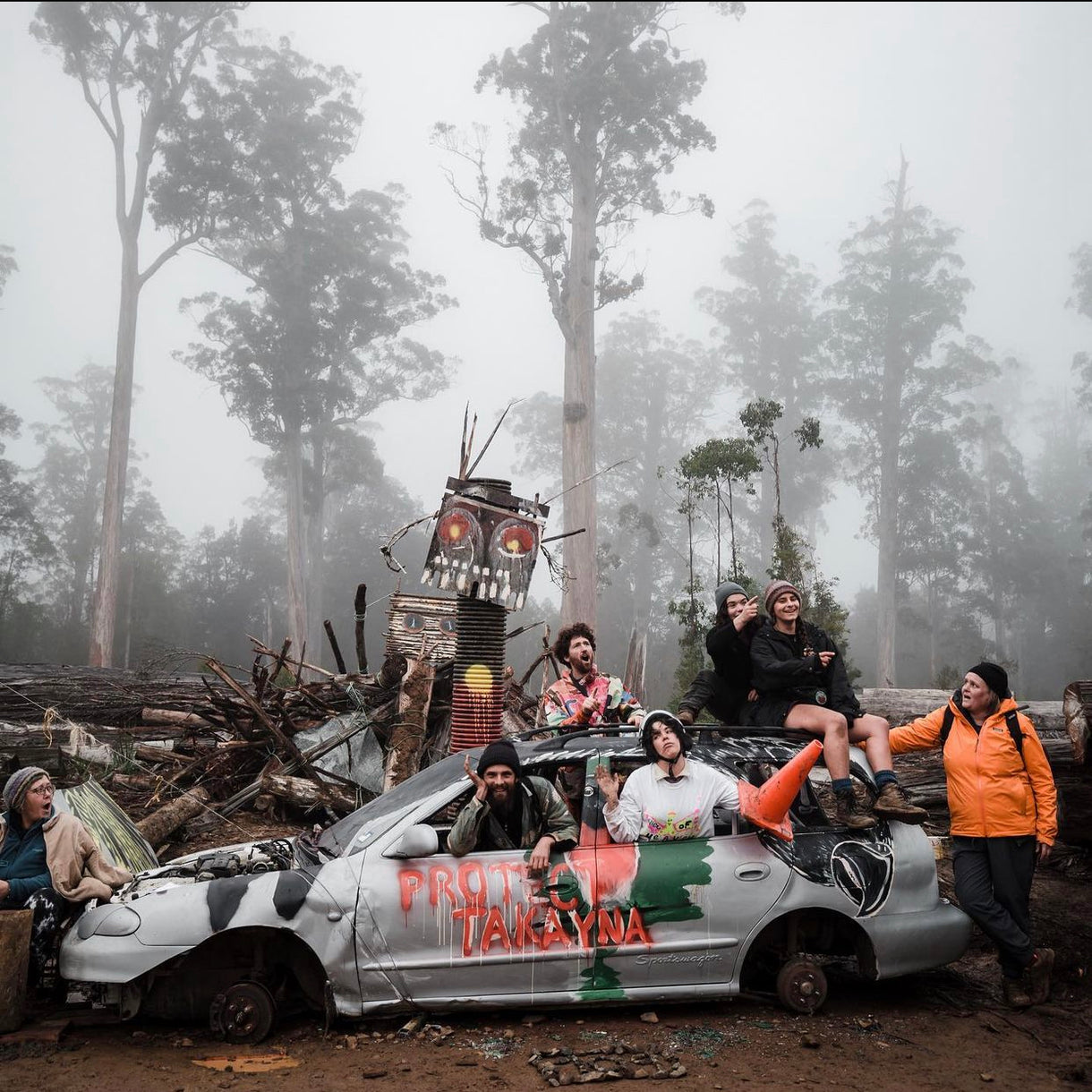
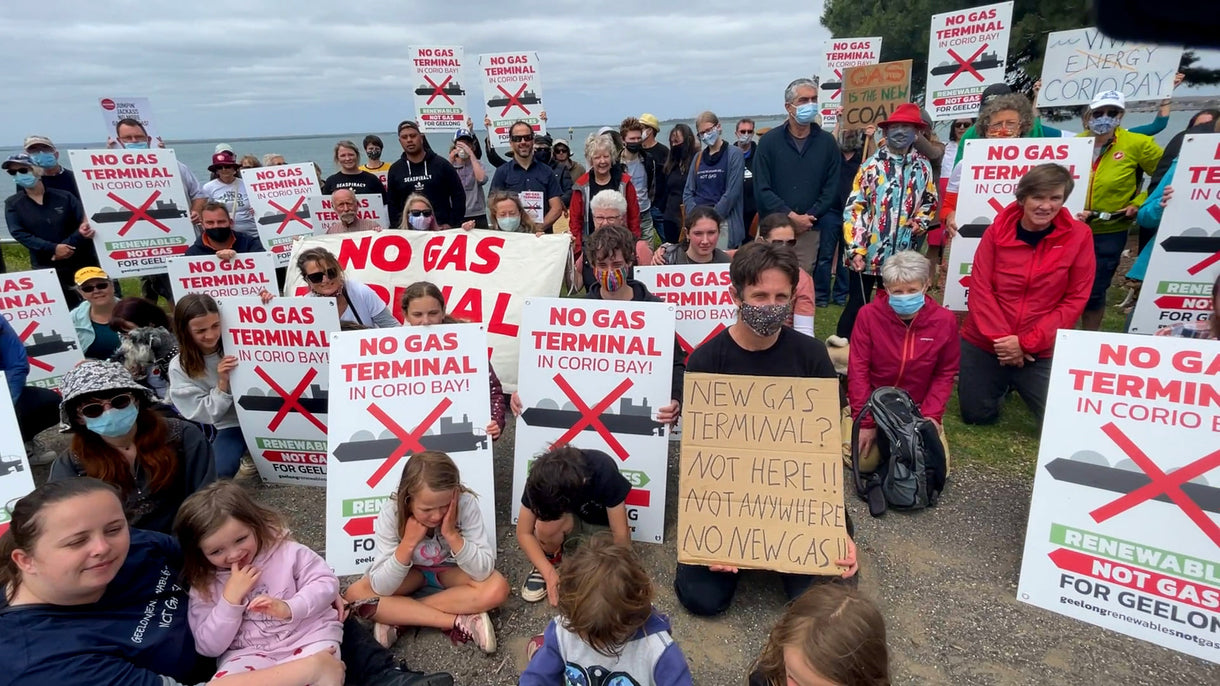
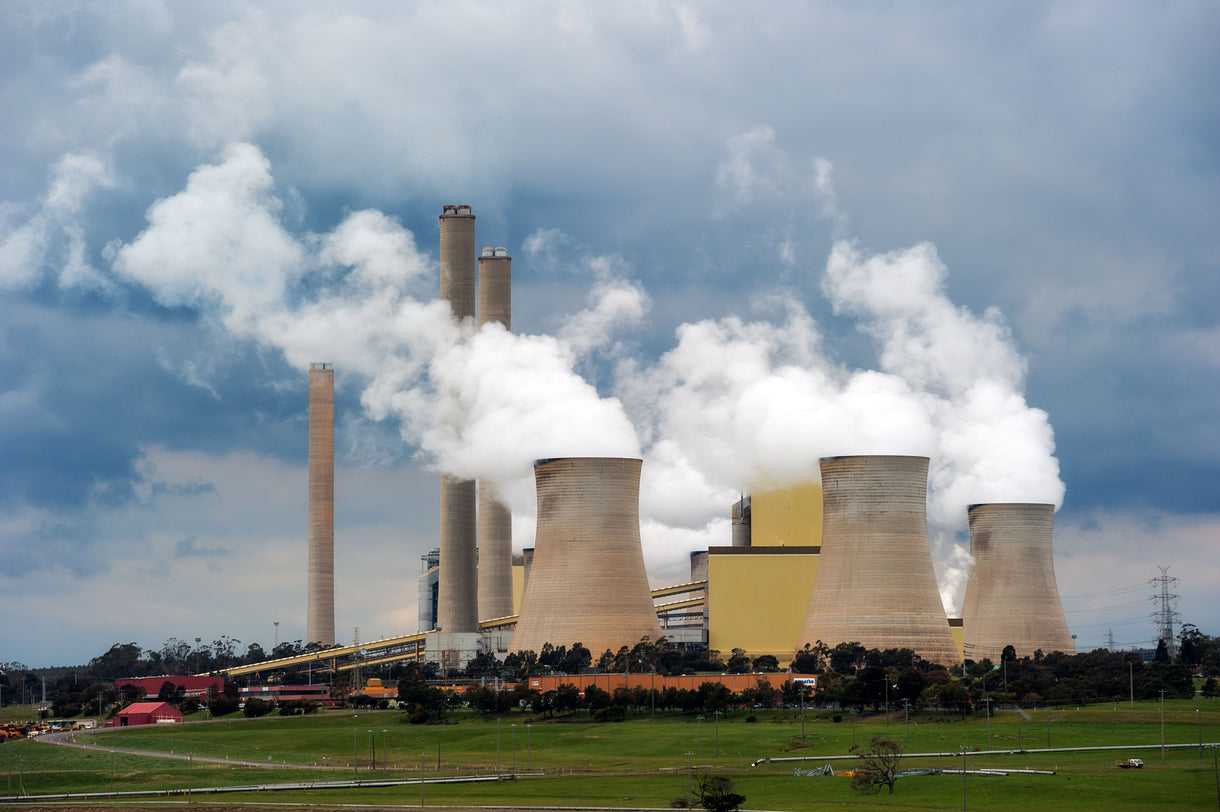
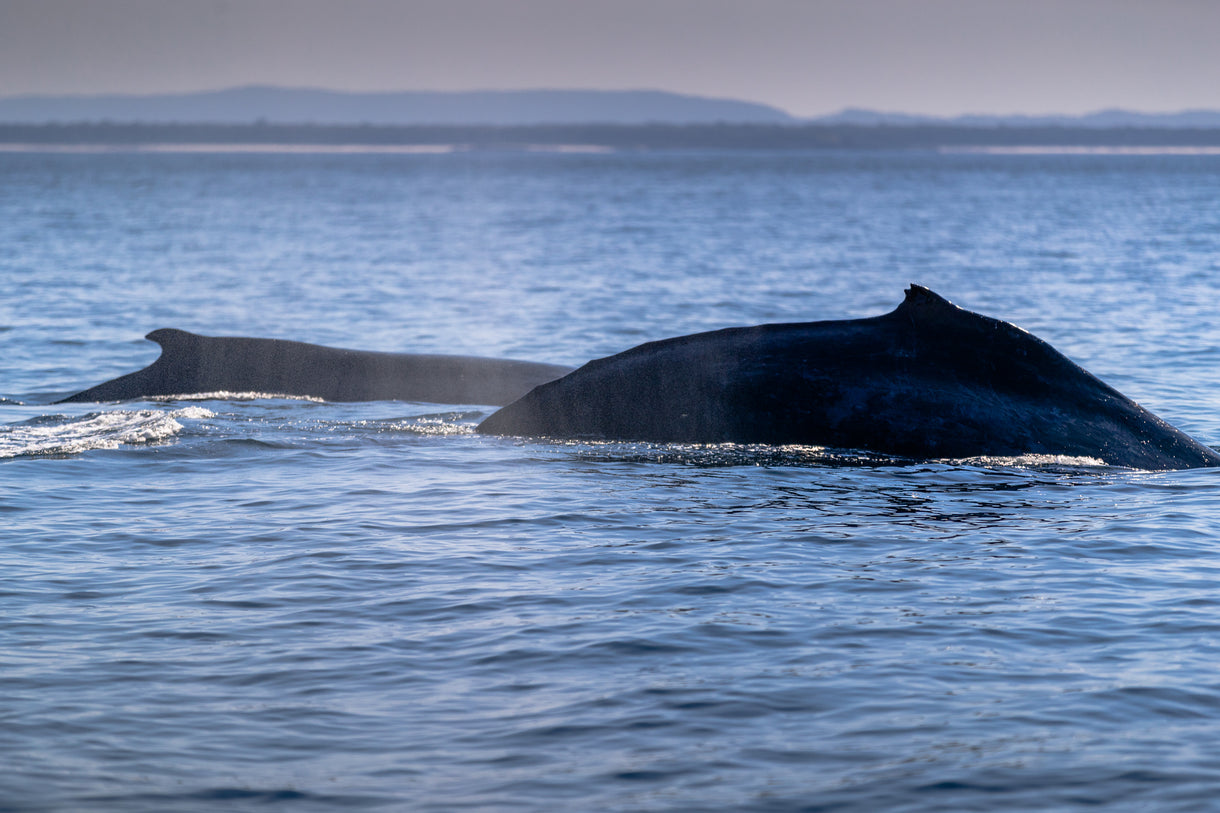
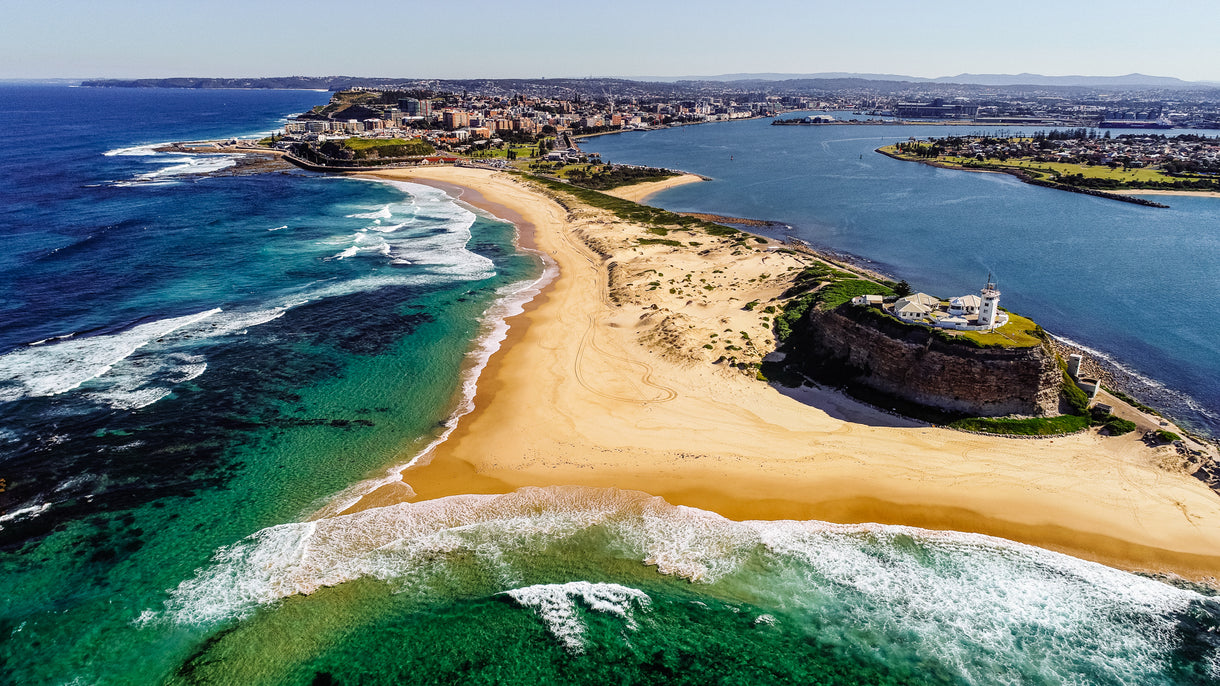
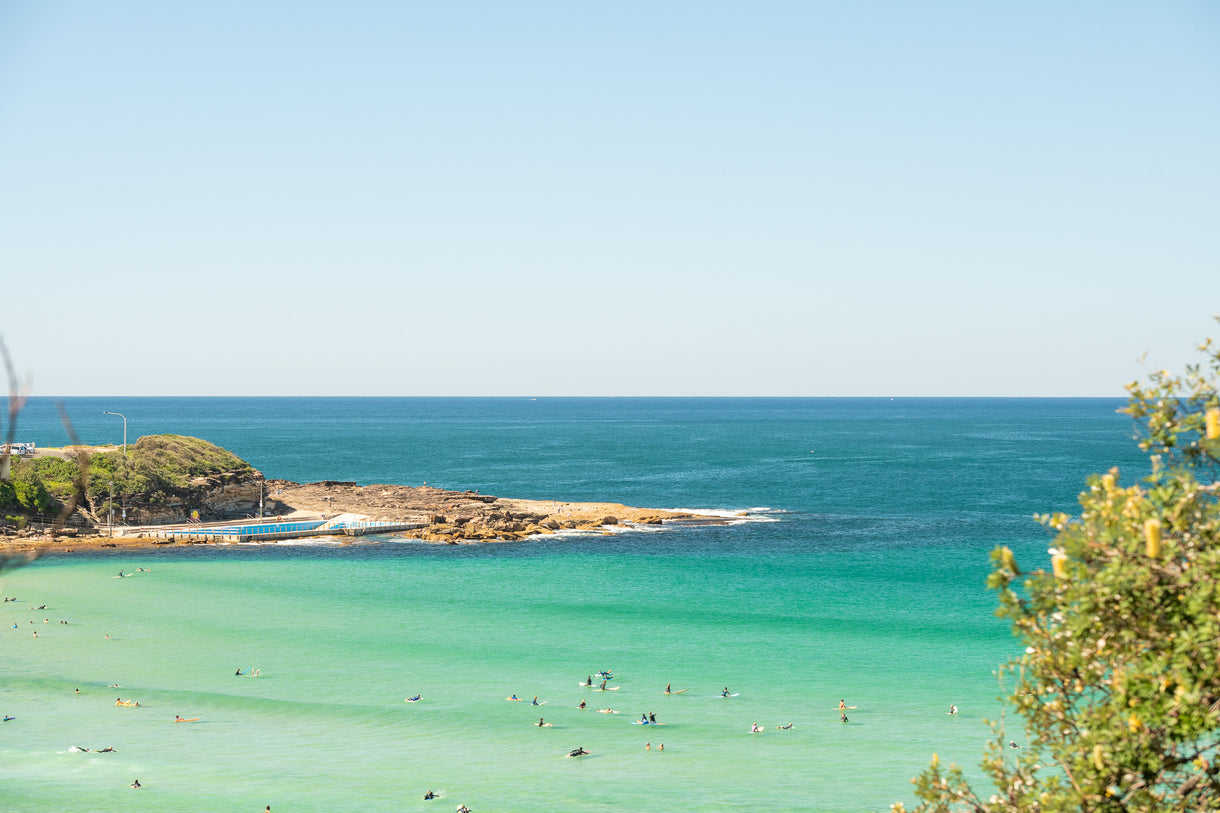
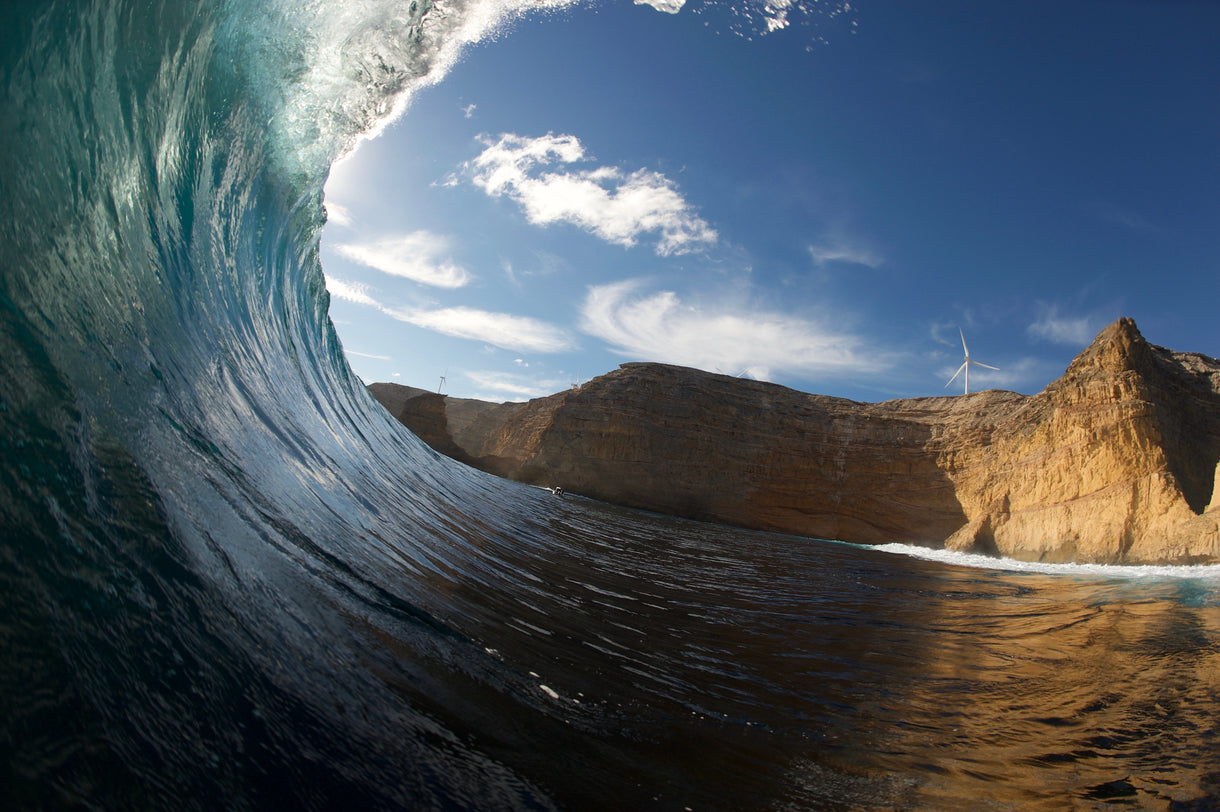
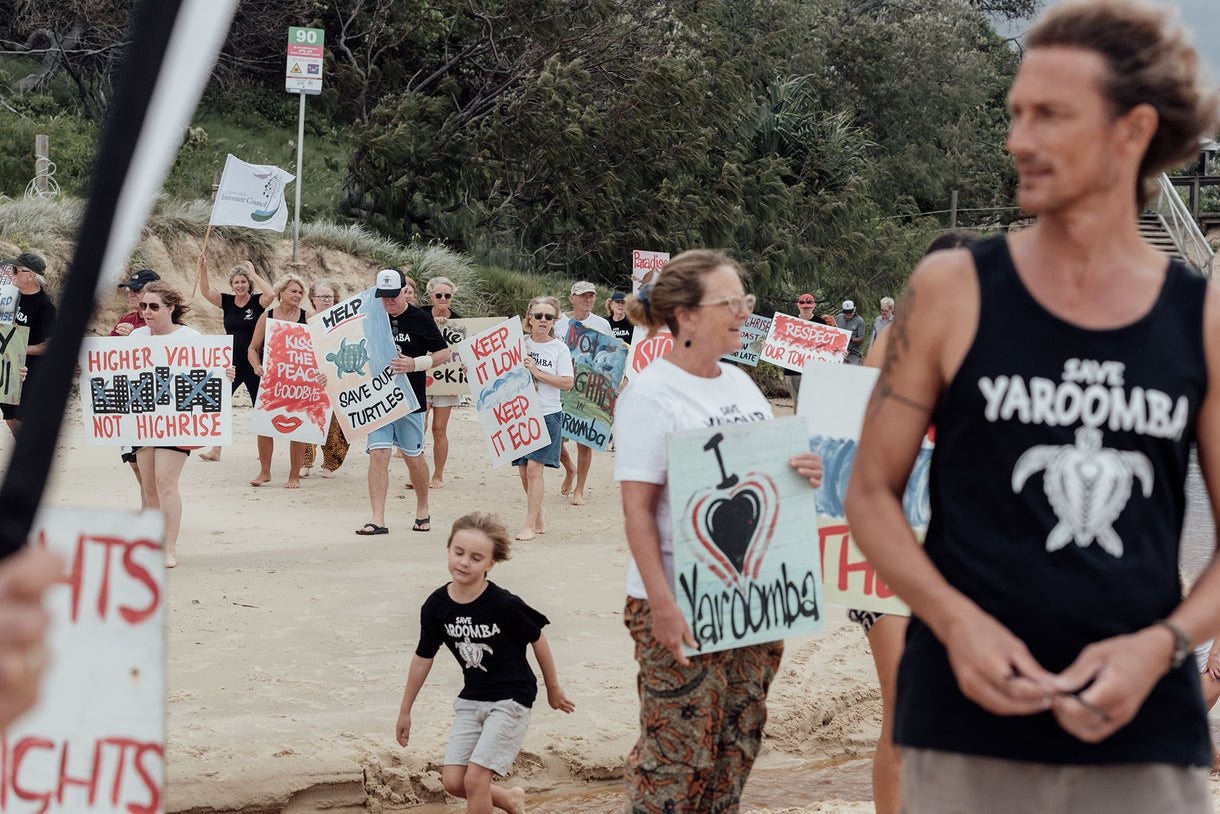
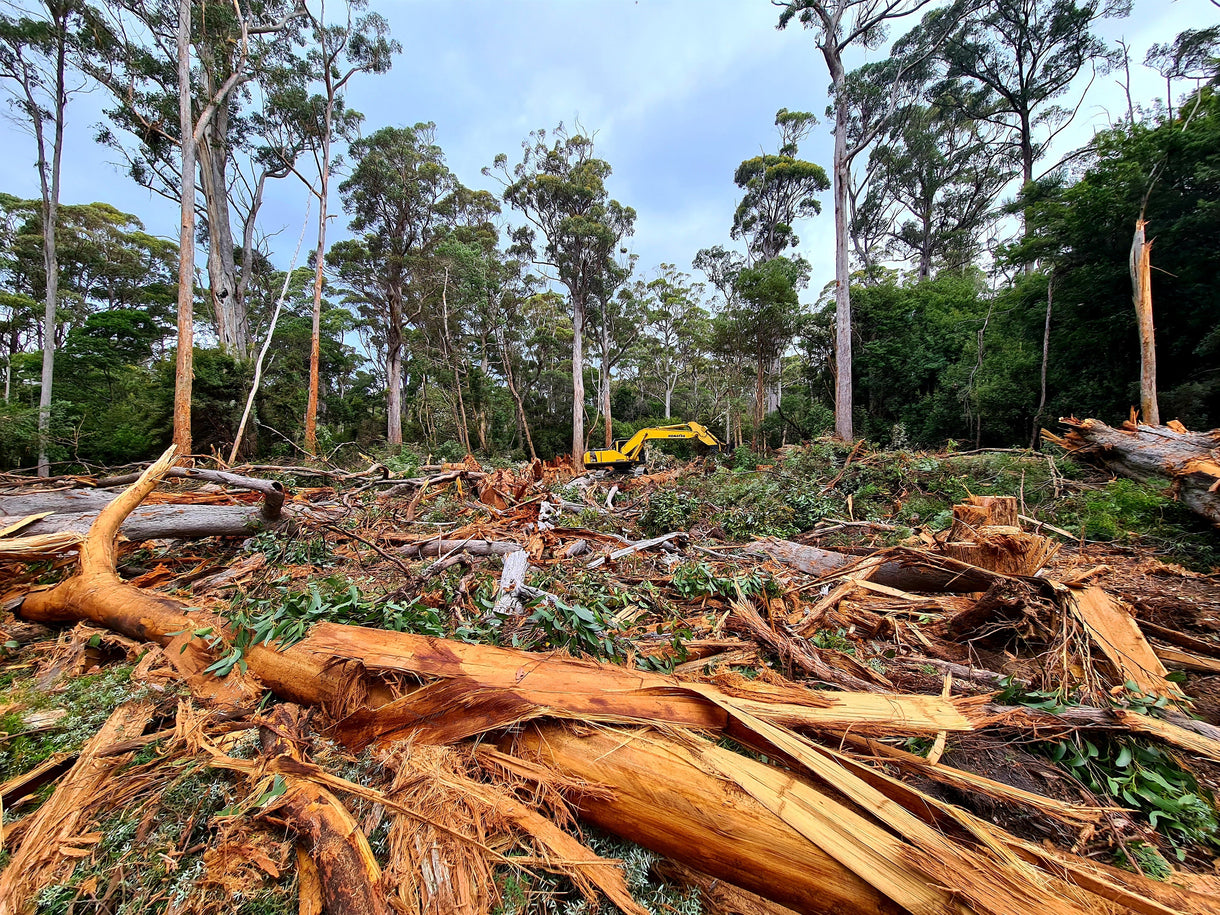
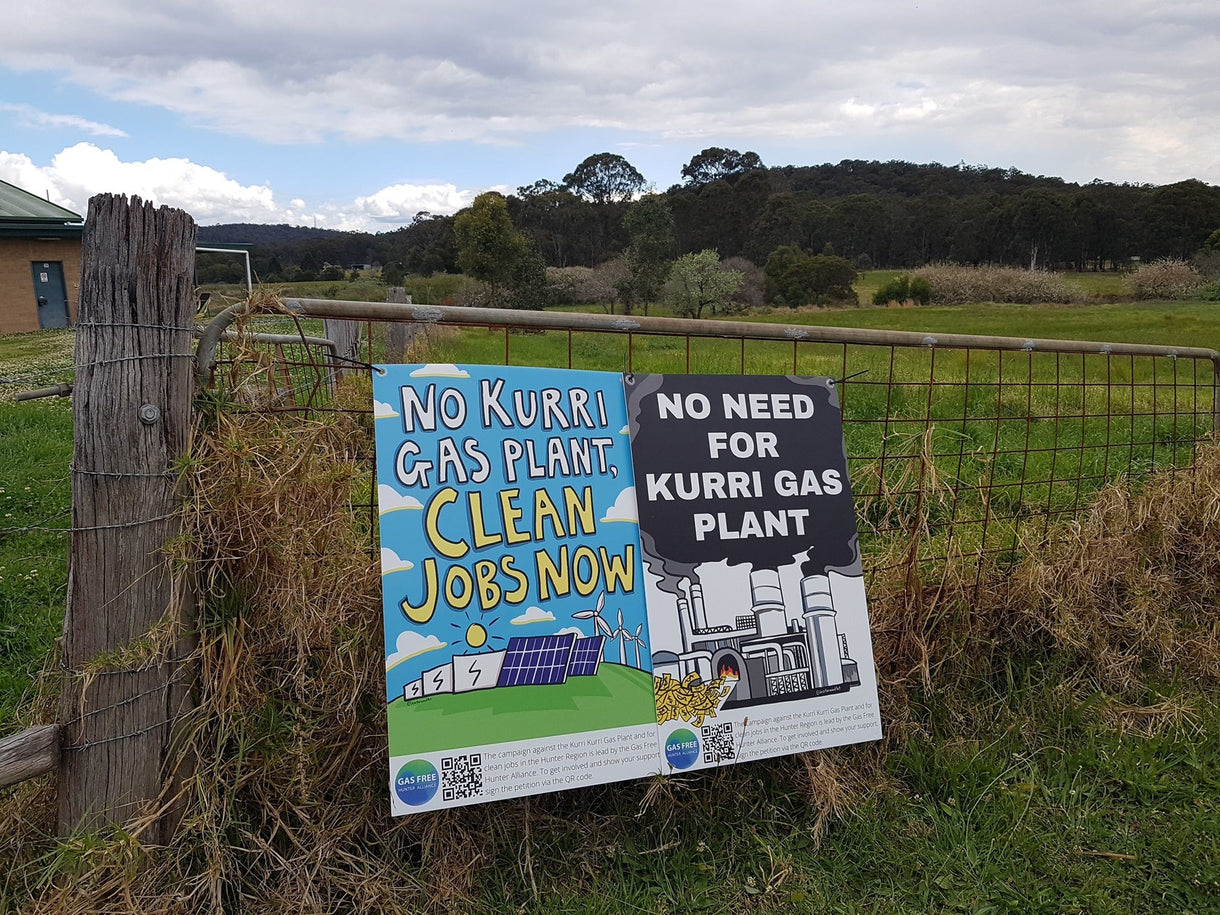
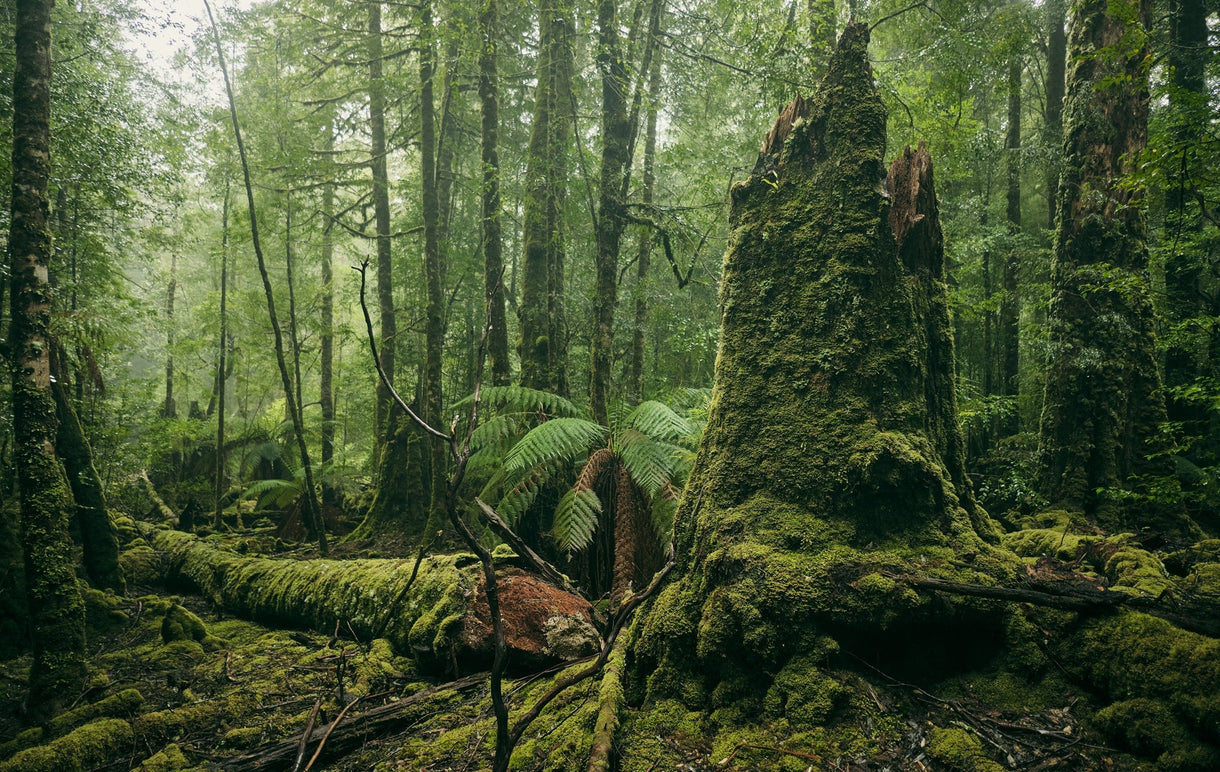
![Today was a huge victory for coastal communities between Sydney and Newcastle. [Front] Damien Cole, Belinda Baggs, Drew McPherson and Asha Niddrie. Photo Zoe Strapp](http://www.patagonia.com.au/cdn/shop/articles/strapp_z_AUS_000142_b147f38f-4f28-4e66-a3ea-89fccd422484_1220x.jpg?v=1650419749)
